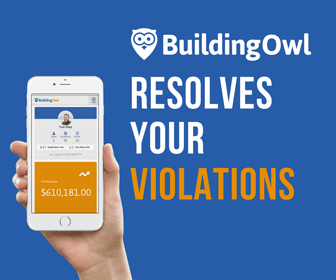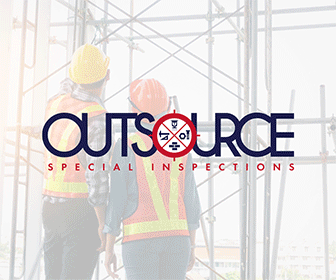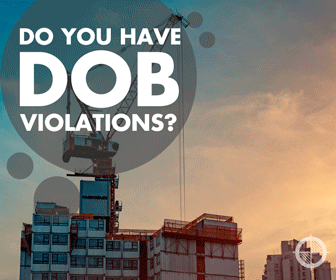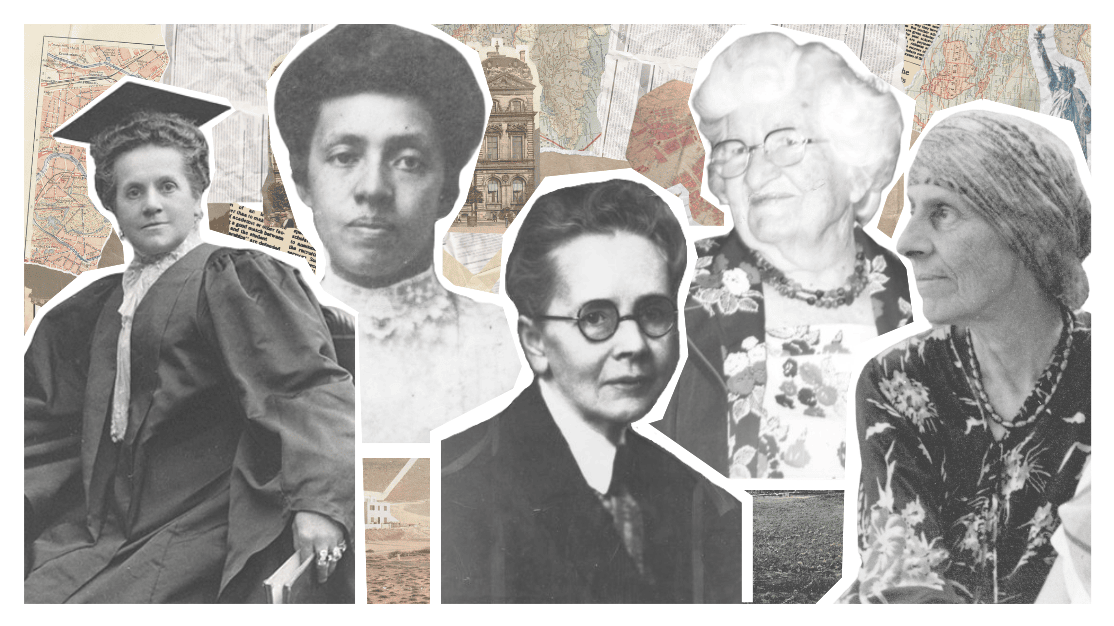
Building Inclusivity: Women Who Paved the Way
As part two of our “building inclusivity” series, this March we will be celebrating the long history of women in the construction field; from empowering stories of accomplishment to unveiled hidden histories, this article seeks to uncover the lesser-known voices that helped build this industry.
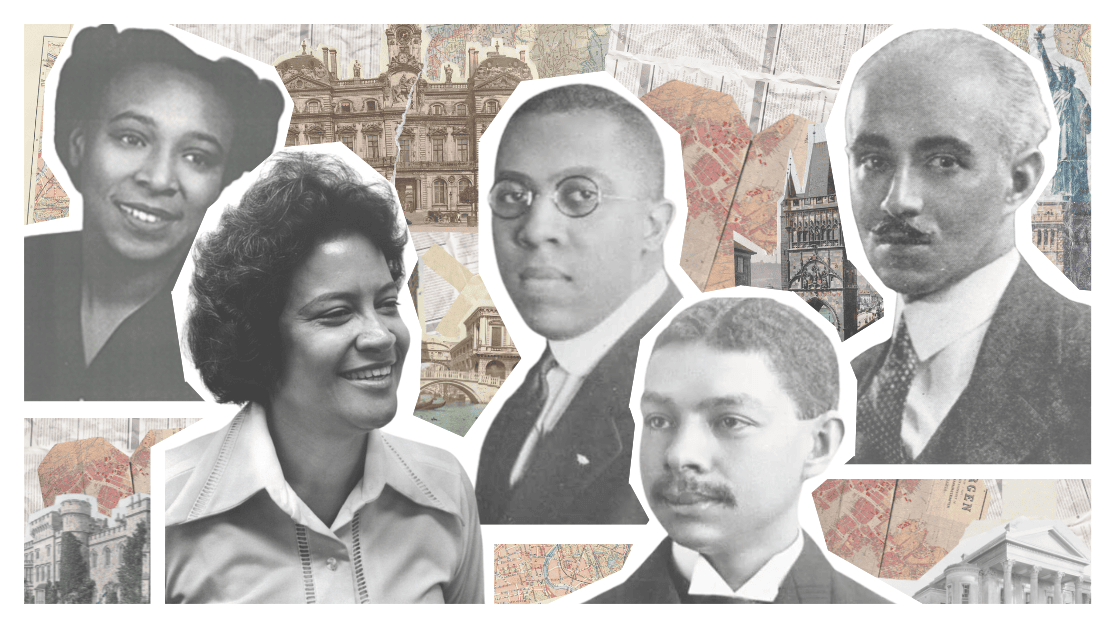
Building Inclusivity: Celebrating Black History in Construction, Architecture, & Engineering
In celebration of Black History Month, we’re highlighting some influential Black figures in construction, architecture, and engineering history. Even if you don’t know them by name, you will probably know their work!
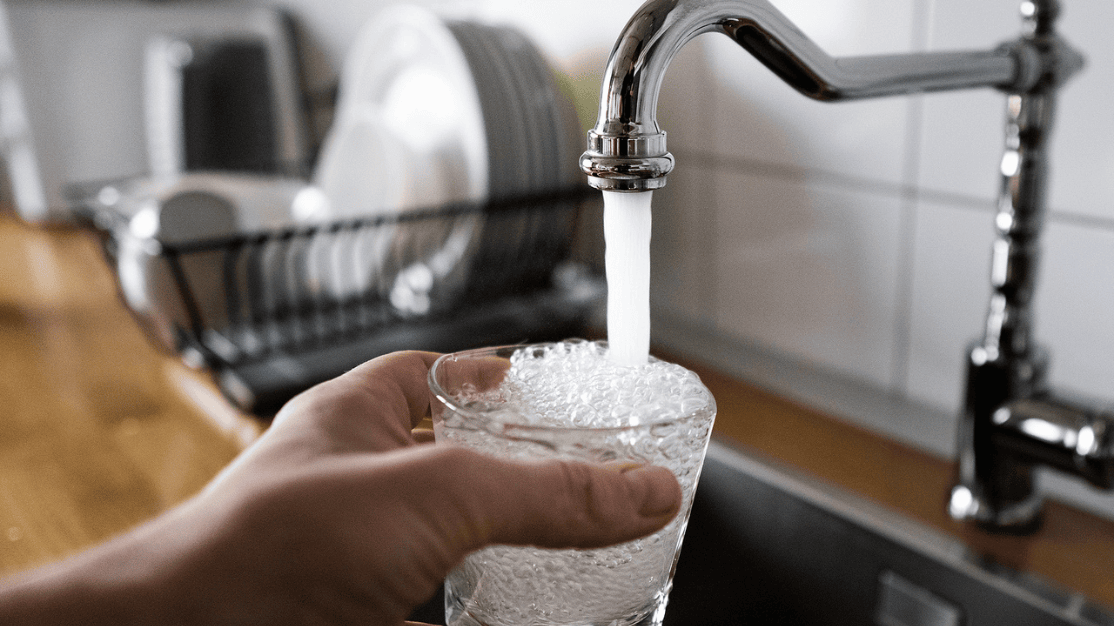
Leaving Lead Behind: How NYC Plans to Replace Lead Pipes
One in five New Yorkers may be drinking lead-contaminated water, according to an alarmingly recent report. With over 150,000 lead pipes citywide, replacing our infrastructure will be a colossal undertaking—and the plans are already in motion.
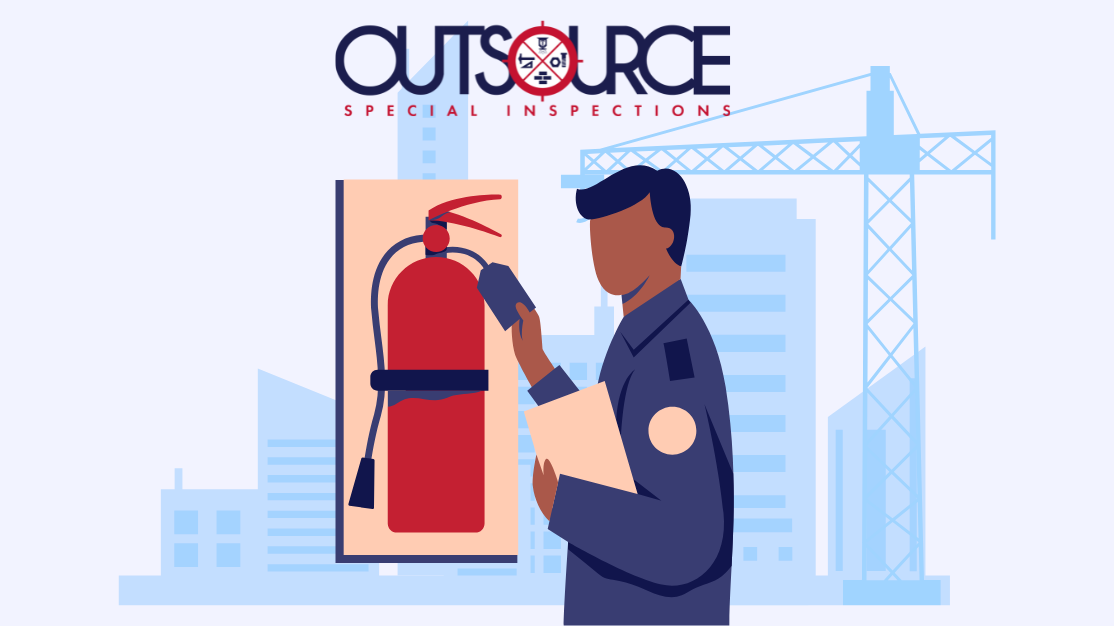
Outsource Special Inspections Becomes Class 1 Agency
Outsource Special Inspections (OSI), a trusted source for special inspections in New York City since 2012, is excited to announce its transition from a Class 2 to Class 1 agency. This upgrade, which significantly expands the amount of inspections offered by OSI, marks a major milestone for the company.
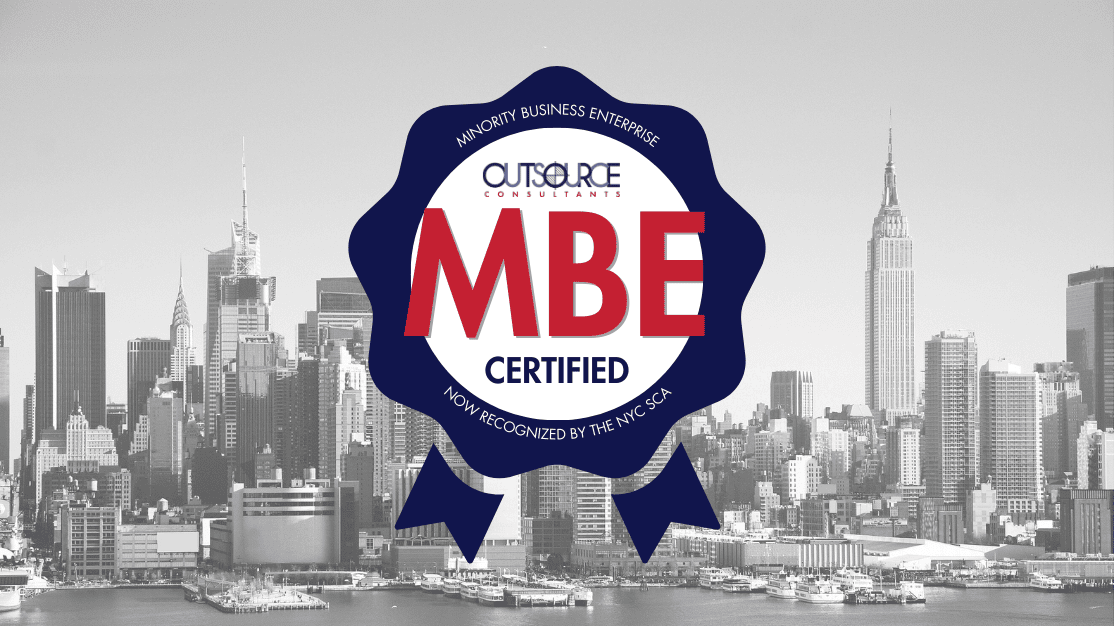
Outsource Consultants Inc becomes SCA Certified MBE
Outsource Consultants, Inc., expediting, building code, and zoning experts in New York City for 30 years and counting, is thrilled to announce a new MBE certification from the New York City School Construction Authority (NYC SCA). The certification will be the fourth addition to Outsource’s current collection of MBEs from accredited institutions, including NYC Small Business Services (SBE), New York State (NYS), and New York & New Jersey Minority Supplier Development Council (NYNJMSDC).
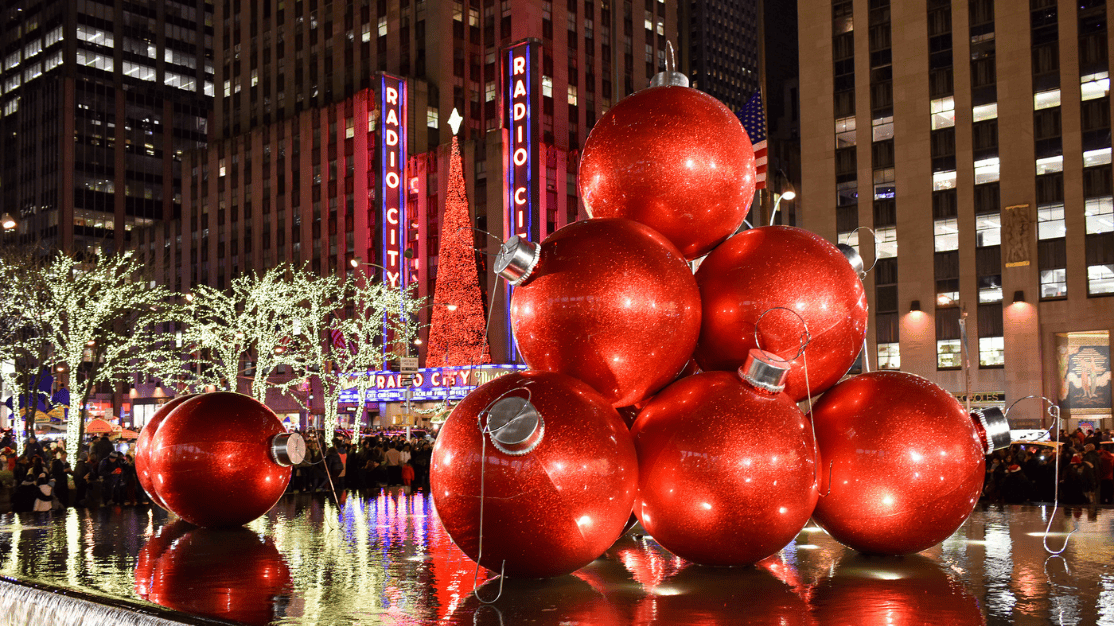
2024 Holiday Embargoes: Snow Falls and Construction Stalls
The weather is getting colder, and you know what that means: grab your sweaters and hot chocolate, and prepare for your construction projects to be impacted by another round of holiday embargoes!
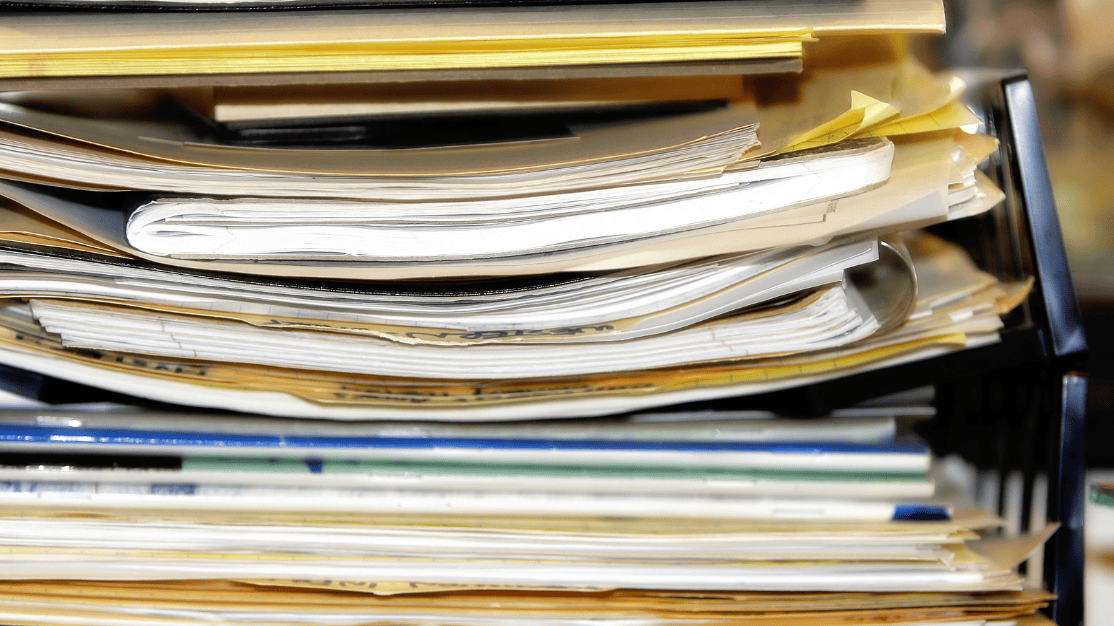
Get Used to It: New Zoning Use Groups
July 1st marks the beginning of a new era for The New York City Zoning Resolution (ZR), which will be undergoing a Use Group overhaul. Make sure to read up on the changes before filing any applications—it’s easy to get confused!
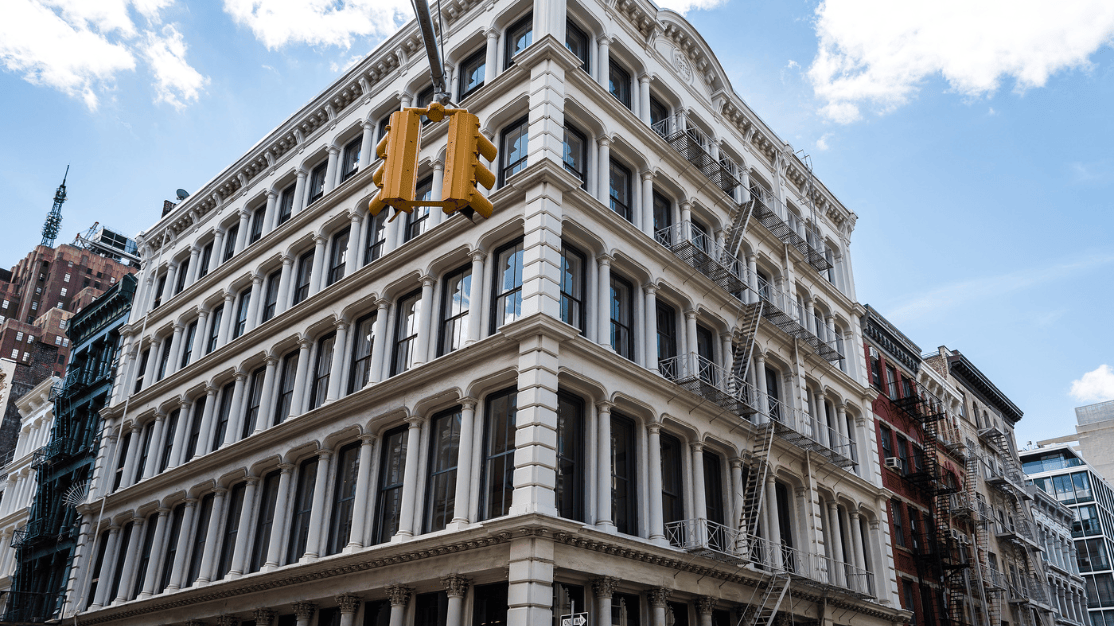
Was it All a Facade?: DOB Launches Review of the City’s Facade Inspection Program
Facade inspections and regulations may soon undergo major changes, after the NYC Department of Buildings (DOB) announced the introduction of a comprehensive review of the current Facade and Inspection Safety program in May.
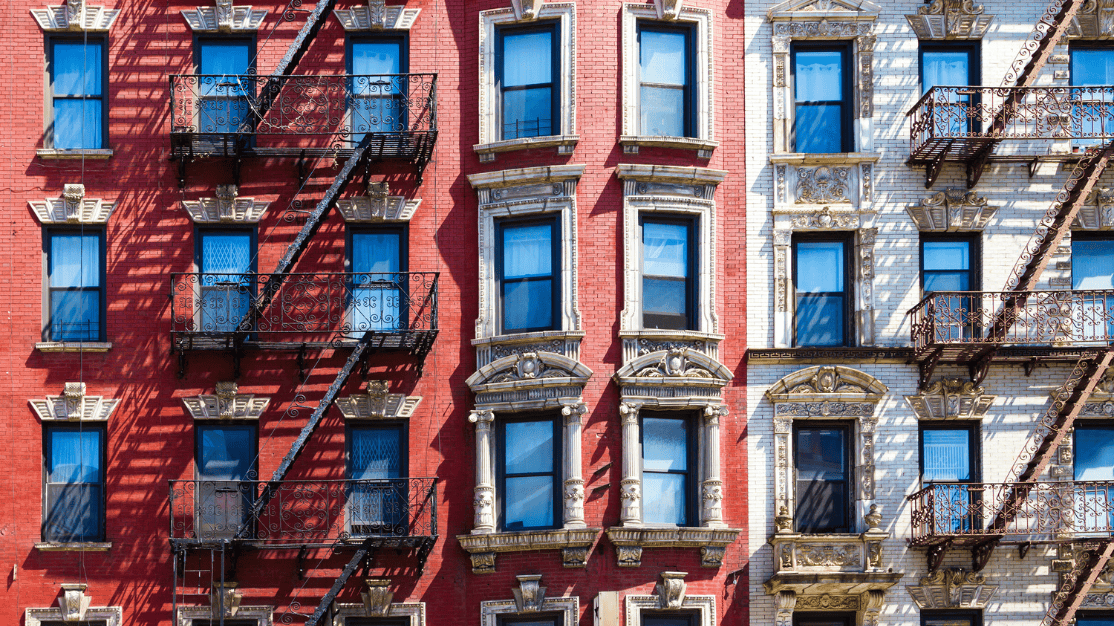
Decoding City of Yes: How to House NYC?
The New York City Council began its public review of “The City of Yes for Housing Opportunity” proposal this April, following the approval of its predecessors, Carbon Neutrality and Economic Opportunity. The plan addresses a lack of affordable housing in NYC and promises to streamline residential conversions, increase density, and allow for taller buildings, among a host of other zoning changes.
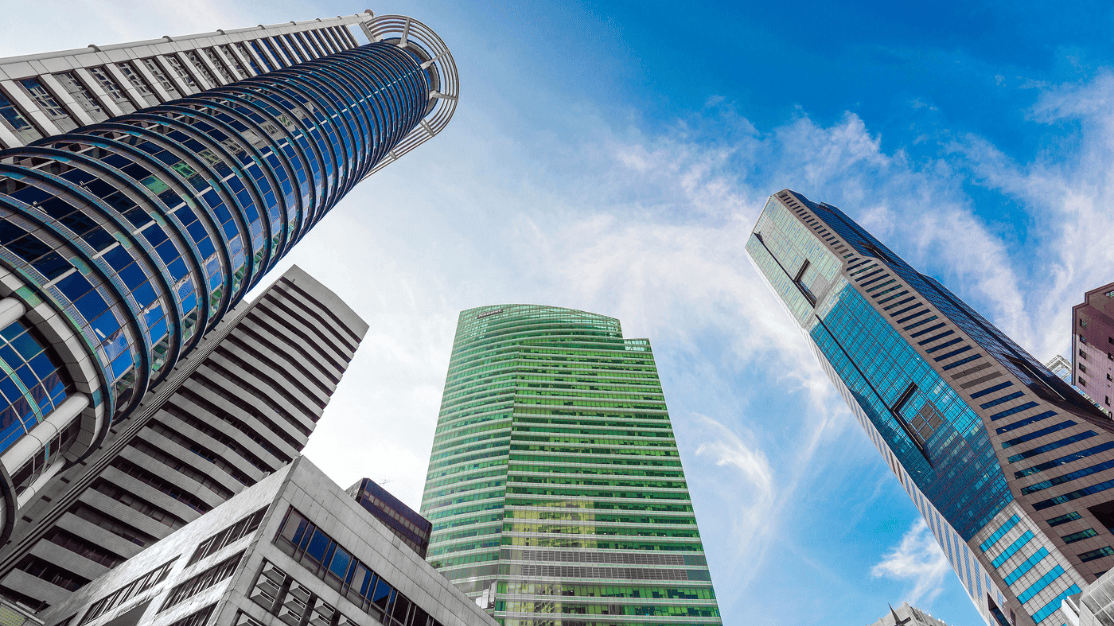
Decoding City of Yes: NYC Says Yes To Economic Opportunity
The second installment of Mayor Adam’s plan to update zoning, “City of Yes for Economic Opportunity,” is officially in motion as of March 6, 2024. Prepare for major changes, and read on for the breakdown.

Decoding “City of Yes”: NYC Is Positive About Carbon Neutrality
There’s no more need to talk about green infrastructure in the future tense — under the new plan for combating climate change in New York City, the future of sustainability starts now.
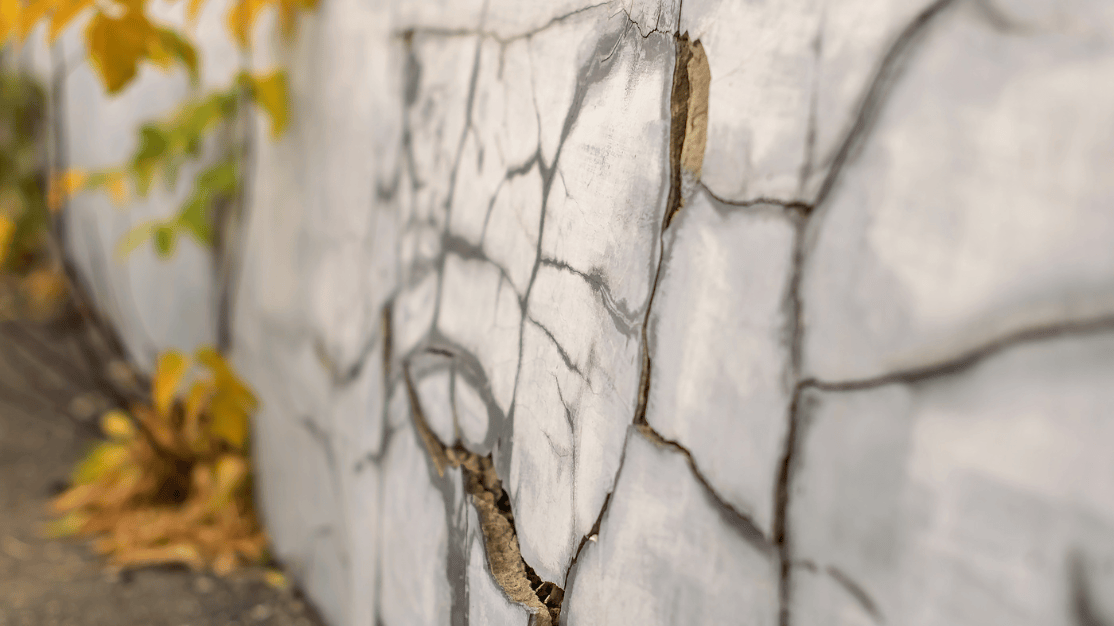
Shaking Things Up: How Well Can NYC Withstand Earthquakes?
On a list of cities most vulnerable to seismic activity, New York City ranks low. Though, if the recent 4.8-magnitude earthquake in New Jersey is any indication, this city has become too comfortable on stable ground.

Can I See Your ID?: New Login Requirements for DOB NOW
Beginning June 3, 2024, all DOB NOW users must also have an NYC.ID account. Read on for more details!

25 to Zero: DOB Increases Effort to Reach Net Zero Emissions by 2050
This March, the Department of Buildings (DOB) nearly doubled the amount of staff members dedicated to enforcing Local Law 97 (LL 97), a landmark carbon emissions law, increasing the number of personnel from 11 to 21. The change responds to recent criticism about the lack of resources dedicated to addressing climate change in New York City, and indicates a renewed effort to upholding the law as increasingly stricter emission benchmarks loom in 2025.

Bury Buildings, Not Birds: Flaco’s Death Revives Bird-Proofing Architecture
When Flaco the Eurasian eagle-owl escaped Central Park Zoo, he became a symbol of urban wildlife and a minor celebrity for New York City residents. More than a few miles away from his natural habitat, many feared the exotic owl wouldn’t be able to survive in the city for long. Sadly these fears were validated when, following a year of freedom, Flaco died after colliding with a skyscraper.
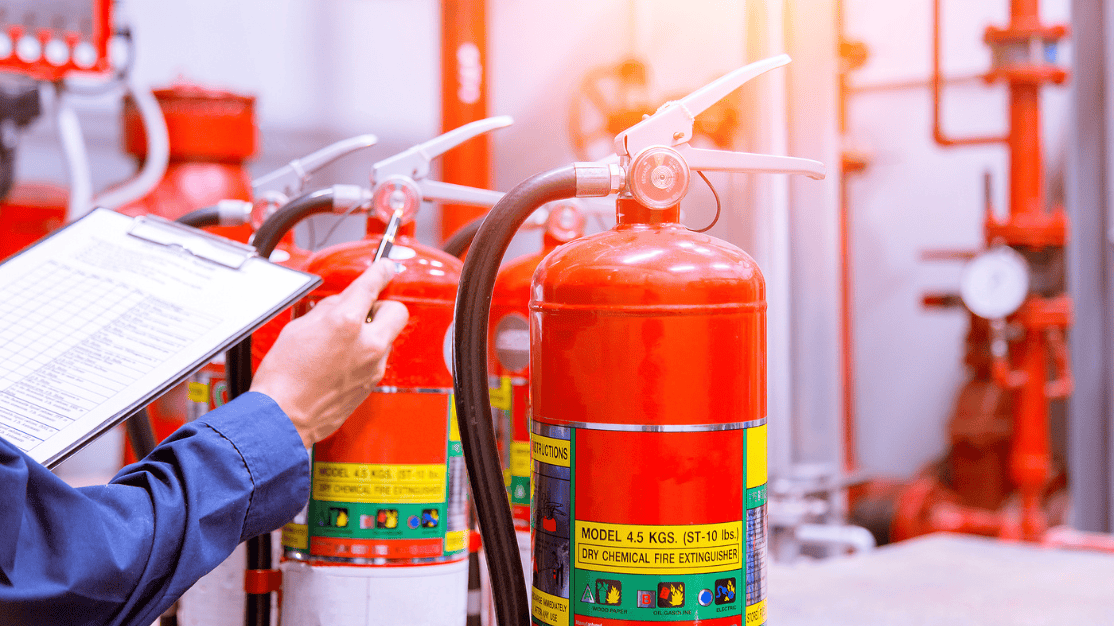
Raise the Alarms: FDNY Updates Requirements for As-Built Riser Diagrams
Calling all contractors, engineers, and developers! A new bulletin released by the New York Fire Department (FDNY) this December may impact your current and future projects.
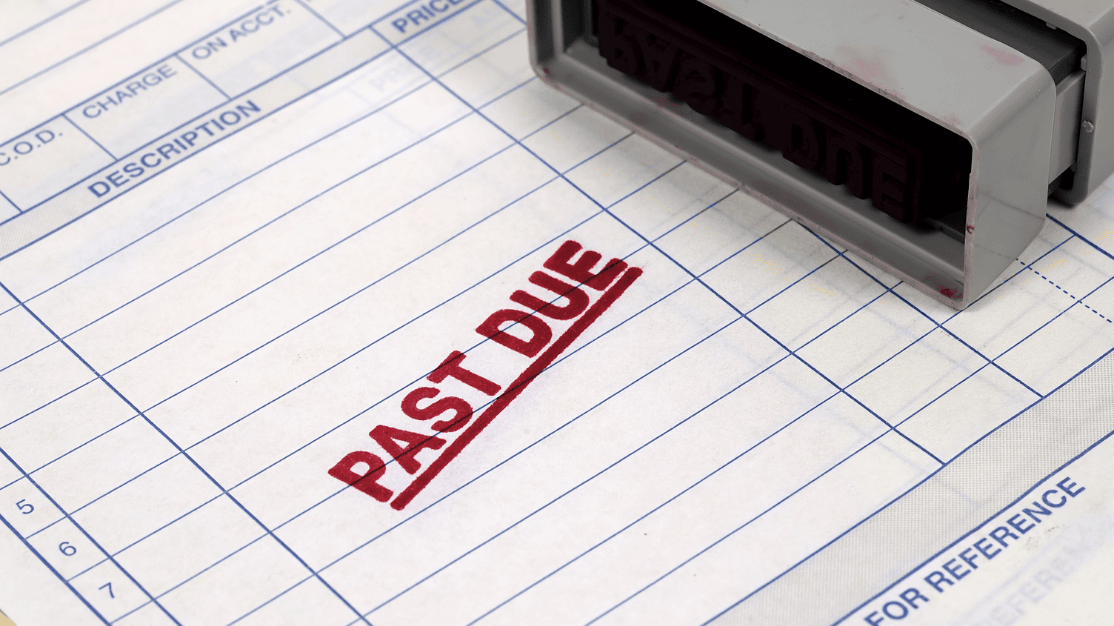
Revisiting Reinstatement Fees: DOB Announces Major Update
A recent service notice issued by the Department of Buildings (DOB) introduced a new schedule for reinstatement fees—and it could affect your upcoming projects.

Construction Safety: New Initiatives to Prevent Fatal Overdoses in Construction
In response to the high rate of fatal overdoses in the construction industry, New York City health and building departments will be conducting educational outreach at construction sites, per a recent press release.
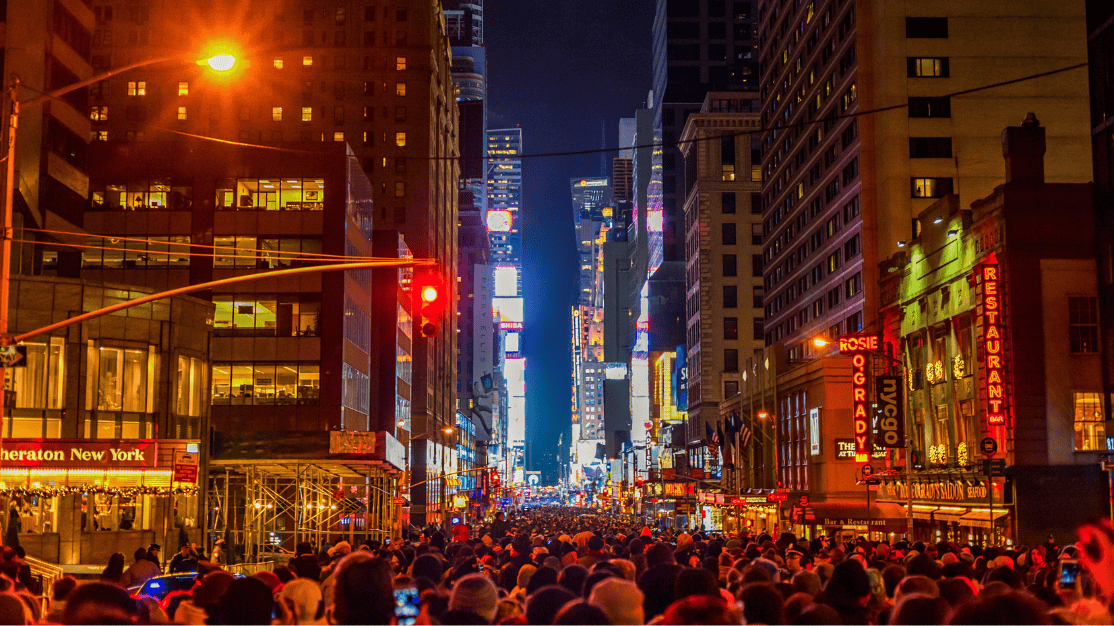
Holiday Cheer and Construction Fear
Millions of New Yorkers and television-watchers anticipate NYC’s annual Thanksgiving parade, but festivities around the holidays can pose a nuisance for construction. If your construction project requires a permit approval from the Department of Transportation (DOT) for interfering with public transportation, it may be affected.
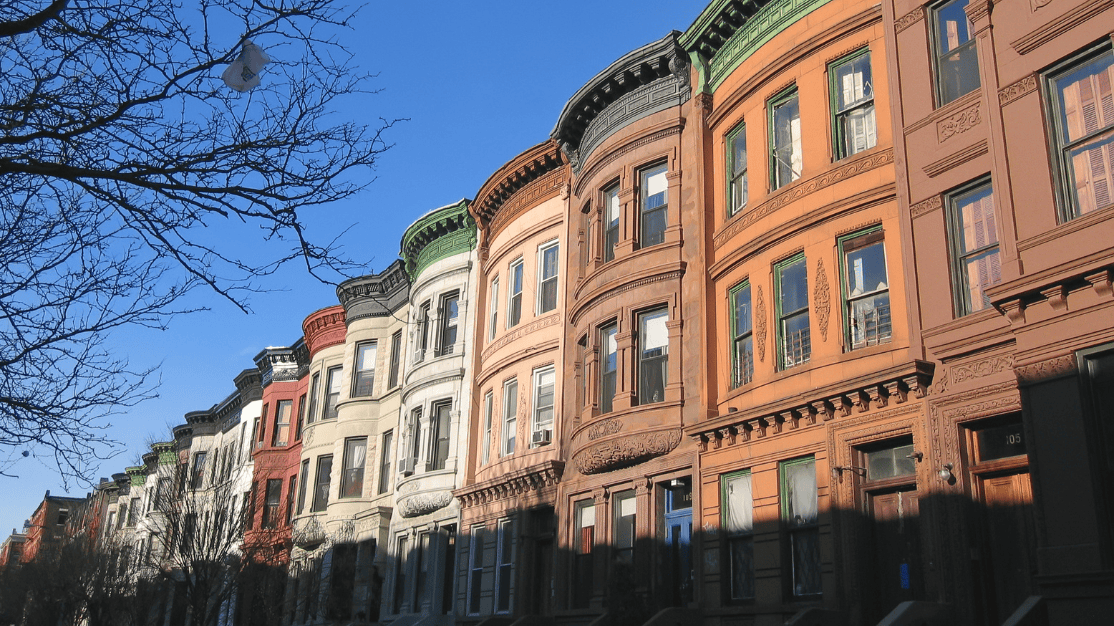
Autumn Updates: DOB NOW Launches Three New Work Types
November marks a month of changes for DOB NOW: Build.
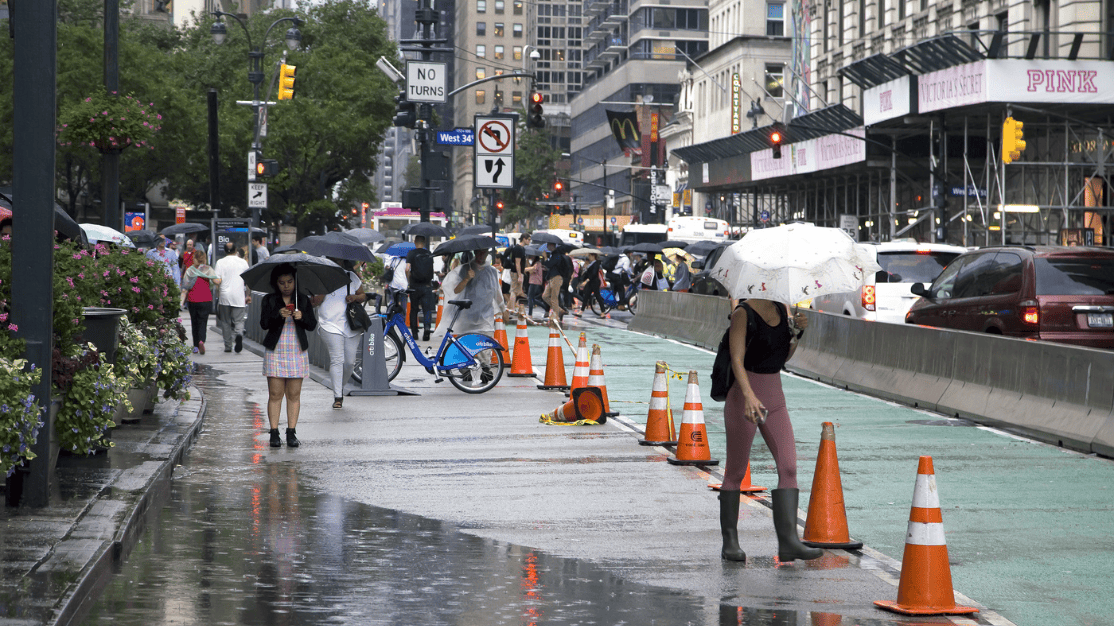
NYC’s Infrastructure Fails to Prevent Flooding — How Can It Improve?
On September 29th, Tropical Storm Ophelia brought New York City to its knees and left its inhabitants knee-deep in floodwater. What began as a “rainy week” quickly escalated into a State of Emergency that demonstrated, for a second time since Hurricane Ida in 2021, the ineffectiveness of NYC infrastructure in combating extreme weather events. Floodwater burst through the caulk of subway tiles, sewer drains clogged with swirling trash, and buses became boats. By the end of the day, the city had received as much rainfall as it usually would in two to three months, according to MTA Chair and CEO Janno Lieber. Flooding due to extreme rainfall could be written off as uncommon, but events such as these will likely only increase in frequency as climate change effects escalate. If the September flooding taught us anything, it’s that this lesson will not be the last of its kind.

Outsource Consultants, Inc. partners with Non-Profit One Tree Planted
Helping Drive Sustainability by Planting Trees When the First Permit is Achieved for Every Project
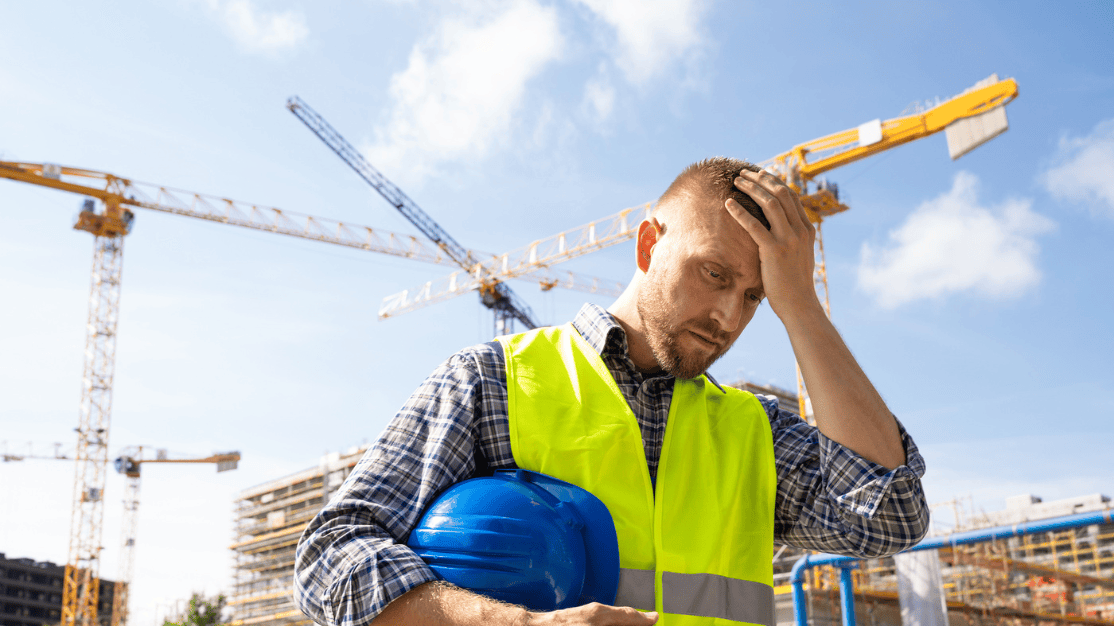
Uh-OATH: No license renewal until summonses are paid
Starting June 5th, if you have any summonses with the Office of Administrative Trials and Hearings (OATH), you will not be able to renew your license.
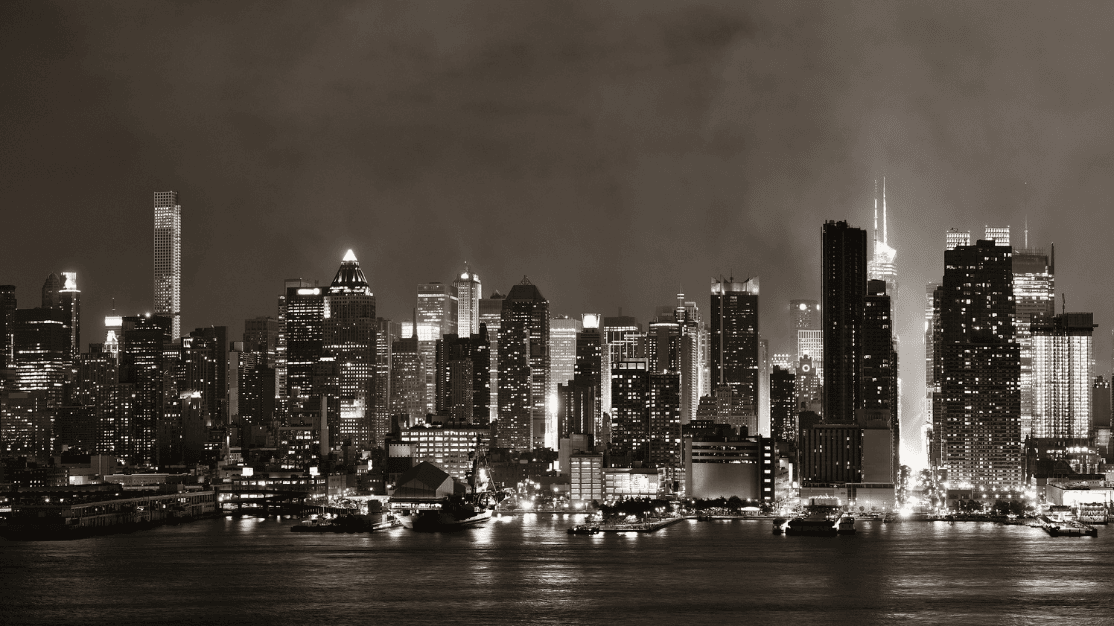
Air Quality Alert: Environmental Protection Agency Says NYC To Upgrade to “Severe” Smog Status
Permitting rules may become stricter for certain projects in New York City in the near future, due to a proposed air quality reclassification by the U.S. Environmental Protection Agency.
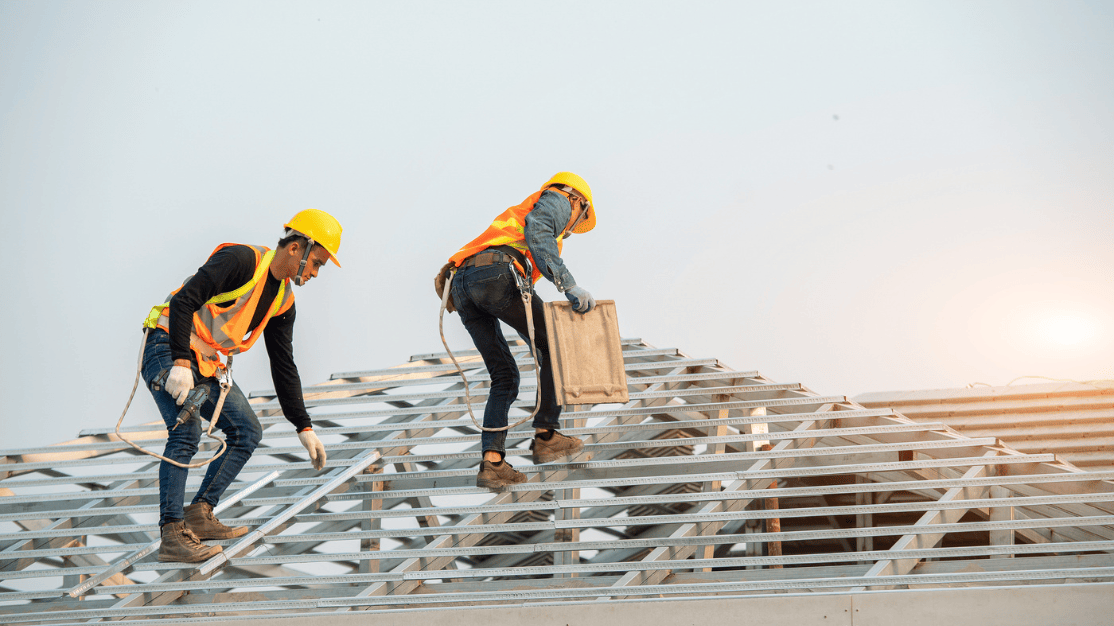
Changeup Pitch: Site Safety Updates for Summer 2022
New submission rules, construction superintendent limits, revoked training, and their potential impacts on your next project.
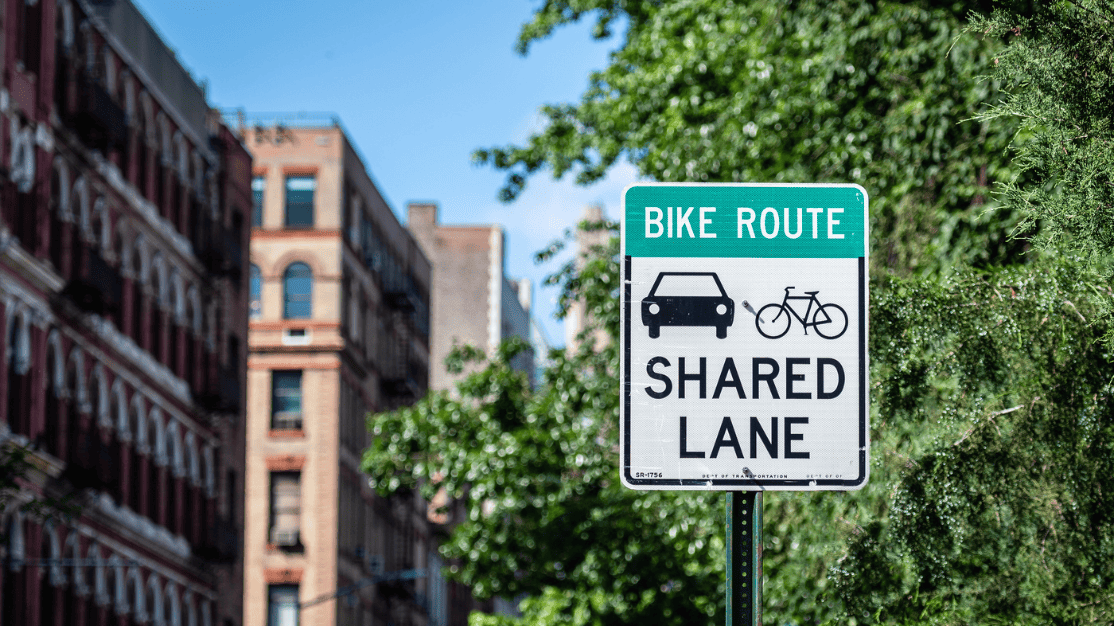
Beep, Beep! How New DOT Bus and Bike Lanes Could Affect Contractors
If you’re a contractor with active Department of Transportation permits in New York City, a couple of recently-announced DOT initiatives may impact your projects through at least the end of 2022.
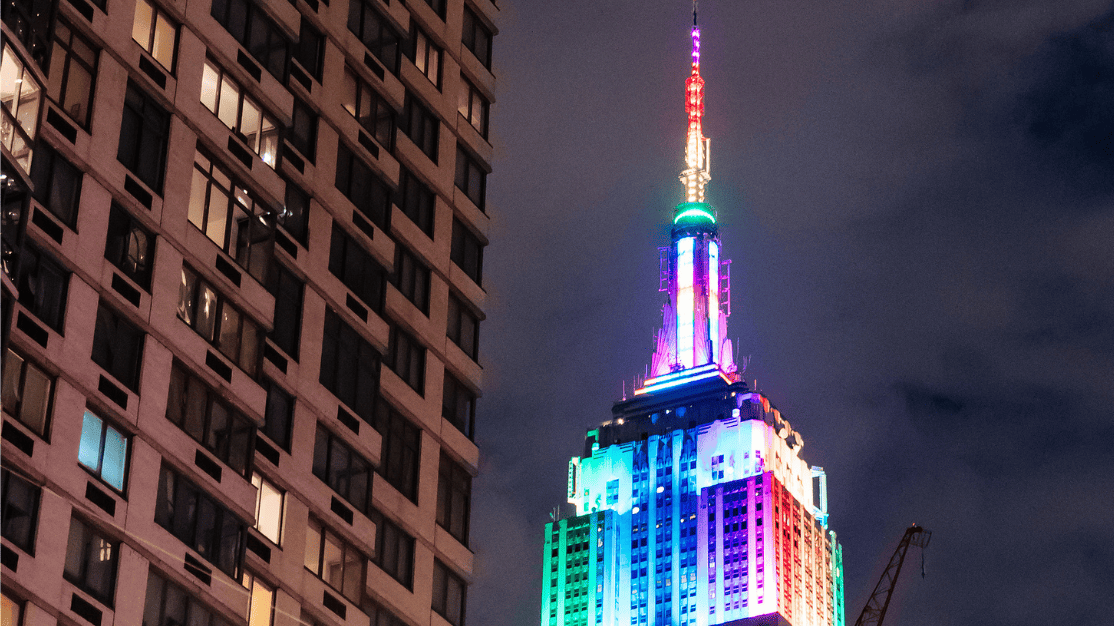
Pride in Construction: New Bill Aims to Improve Conditions Across Sex and Gender Spectrum
A bill currently being debated by the New York City Council hopes to put a spotlight on the struggles – and potential solutions – for women, LGBTQ+, intersex, non-binary, and gender non-conforming workers in nontraditional careers, including those in construction.
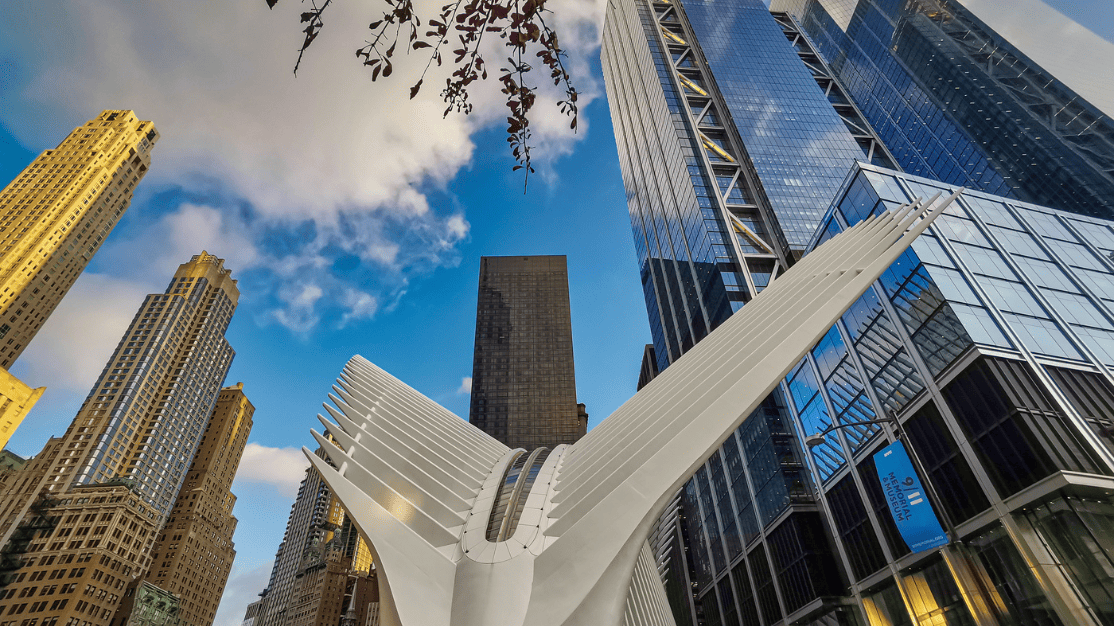
How the 2022 NYC Construction Code Affects Upcoming Filings
See if and when your upcoming projects will be affected.
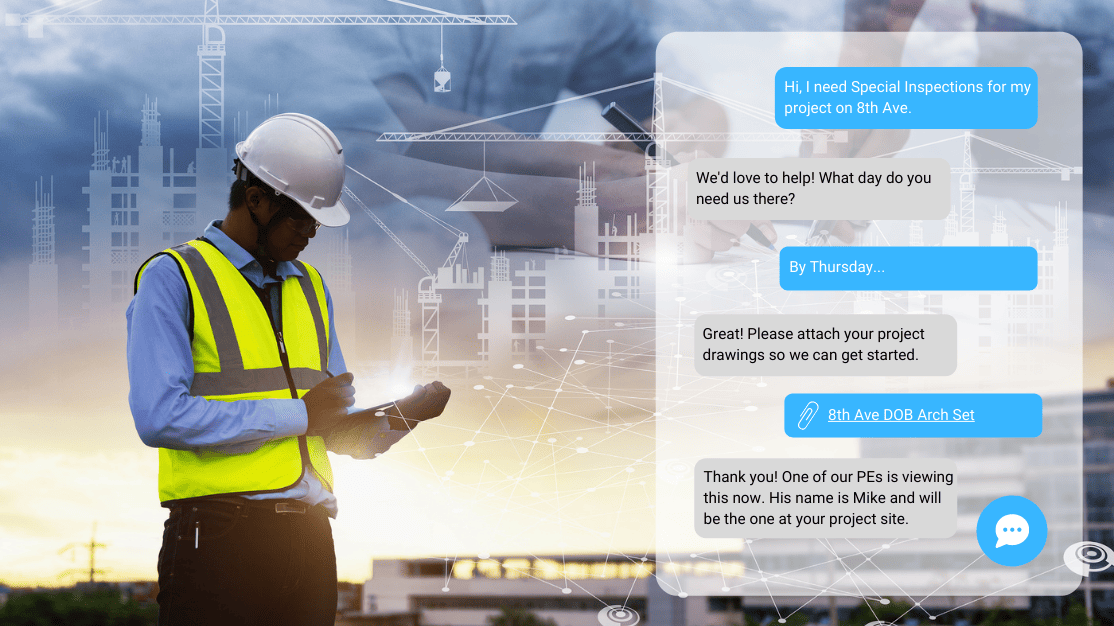
New NYC Special Inspections Site Launched, with Better Options to Get Special Inspections
New York, NY – Since 2012, Outsource Special Inspections (OSI) has been a trusted source for special inspections in New York City. Led by a senior team of knowledgeable, highly qualified professional engineers, OSI performs NYC Department of Buildings-certified inspections across New York City every day, covering over 600 clients.

A Look Back: The Top 5 Decoder Articles of 2021
Check out Decoder’s highlights from the past year.
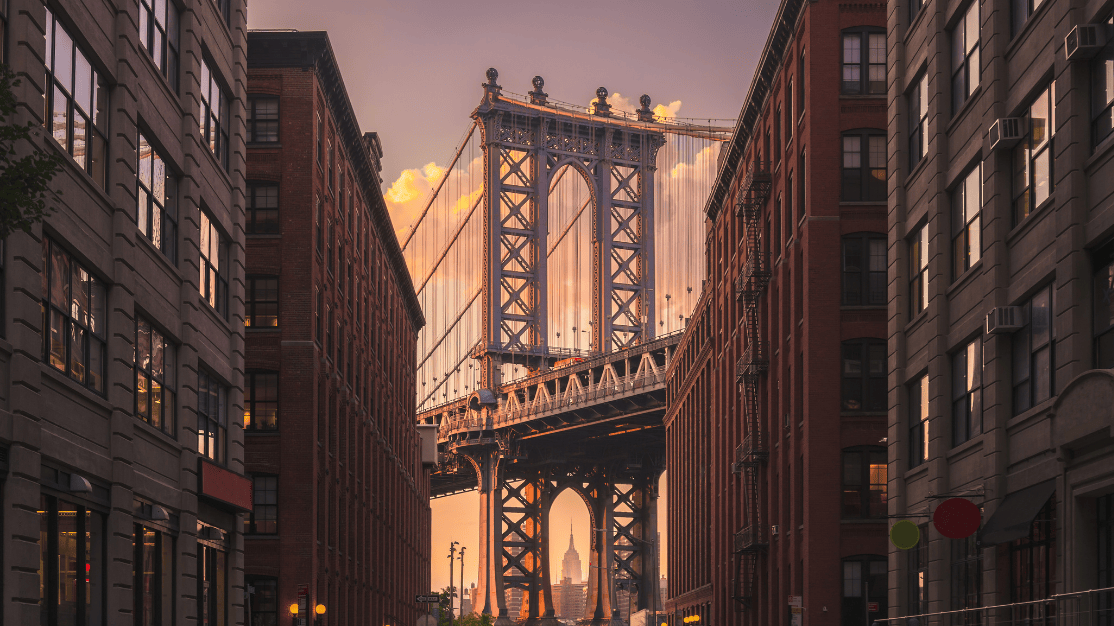
Bridges & Tunnels: Infrastructure’s Impact on NYC Construction
Why construction professionals should care about the Bipartisan Infrastructure Bill, and what to do about it.
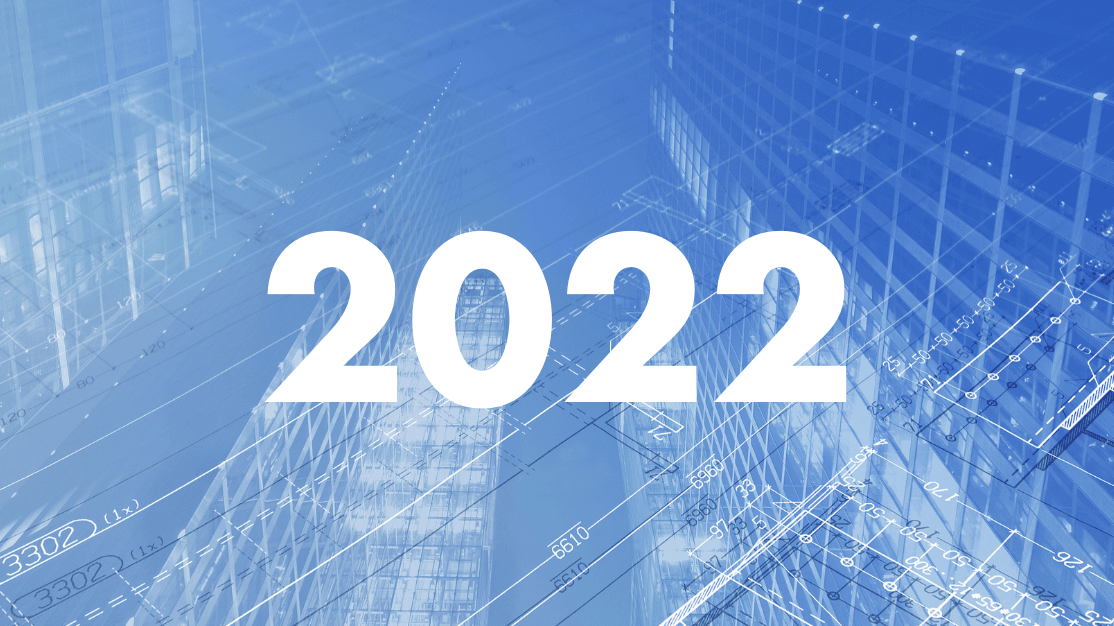
New Year, New Codes: Major Construction Code Updates for 2022
On October 7, 2021, the NYC Department of Buildings approved a major overhaul to the NYC Construction Code.
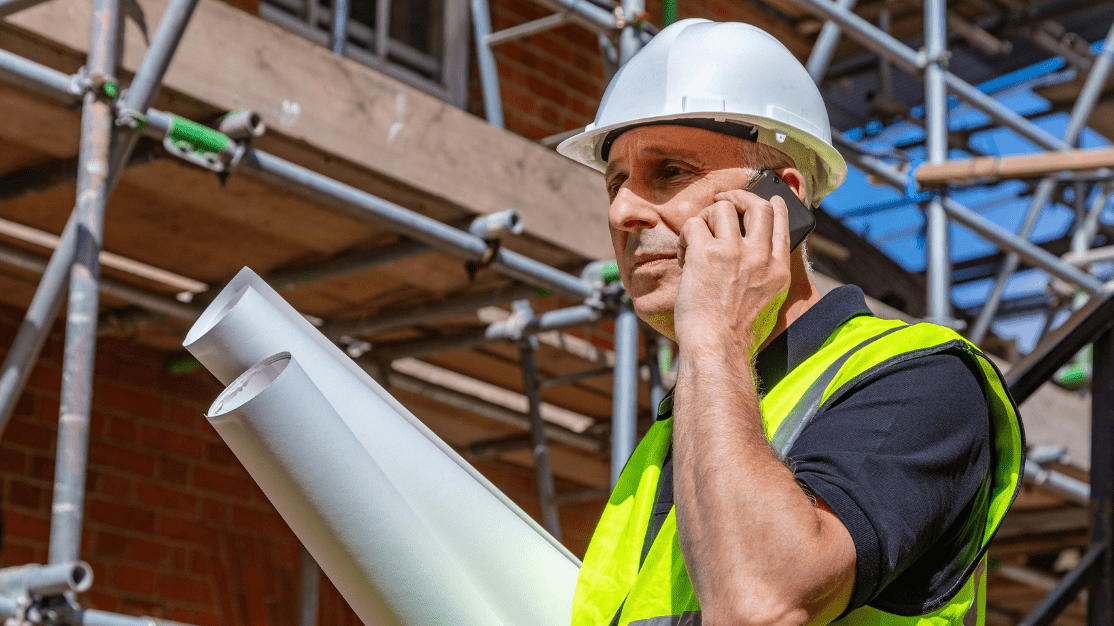
The Results Are In: Safety Sweeps Follow Up
Did the Zero Tolerance safety campaign get the outcome it wanted? What will it mean for the future?
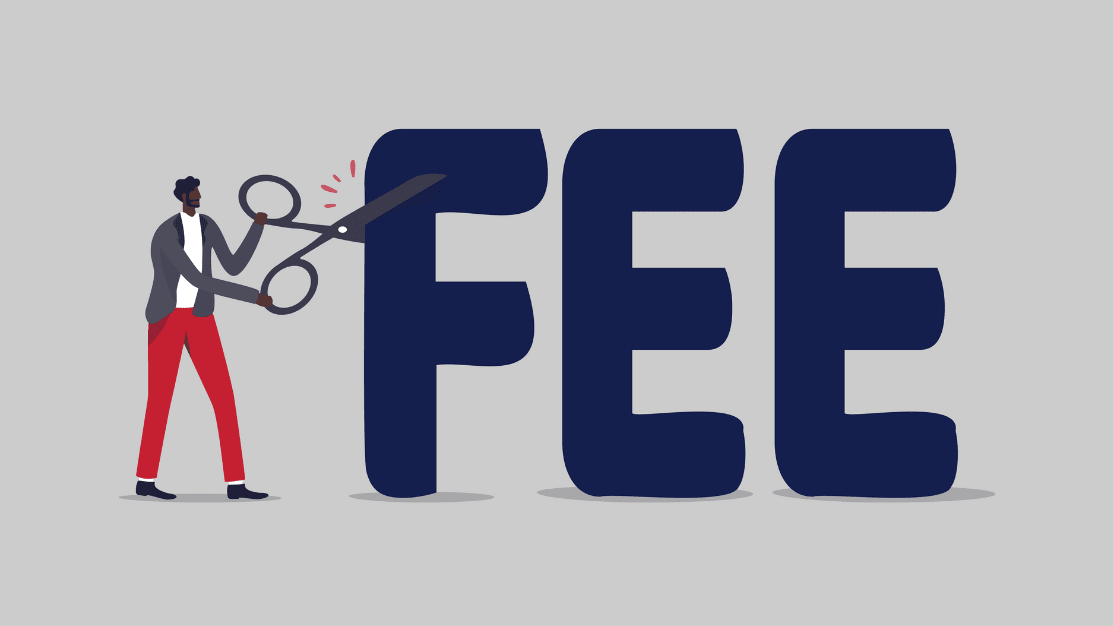
A Brief Reprieve: Fee Waivers for Emergency Flood Damage Work
As of September 14, 2021, the NYC Department of Buildings will not require fees for filing and permits for Hurricane Ida-related damage.
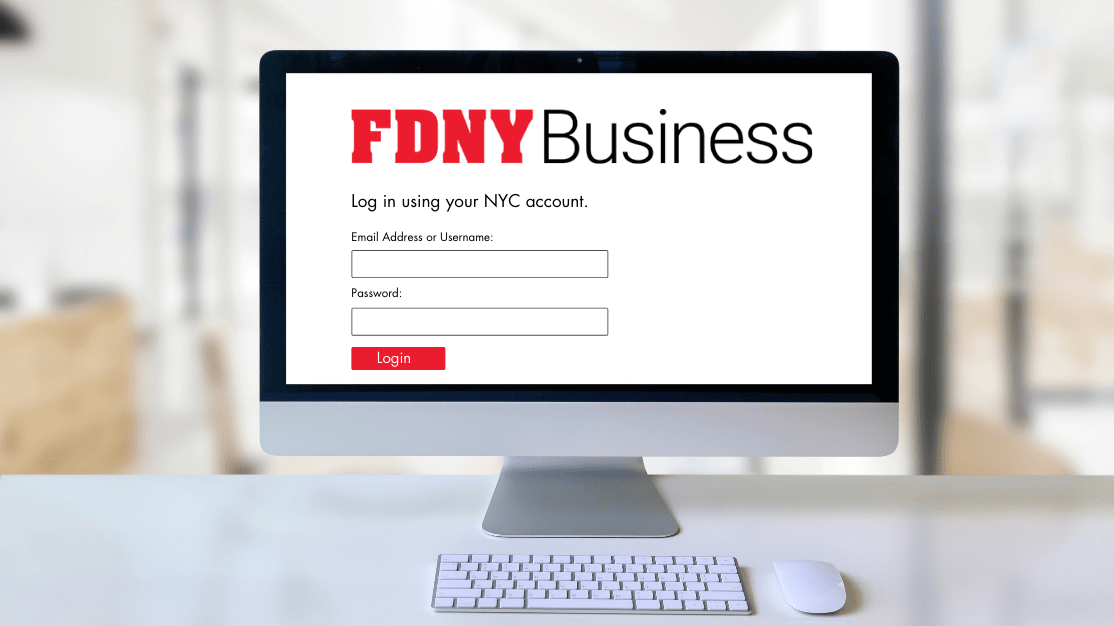
Don’t Be Alarmed: FDNY Services Go Fully Digital
Be advised: As of September 7, 2021, all FDNY services must now be filed exclusively online.
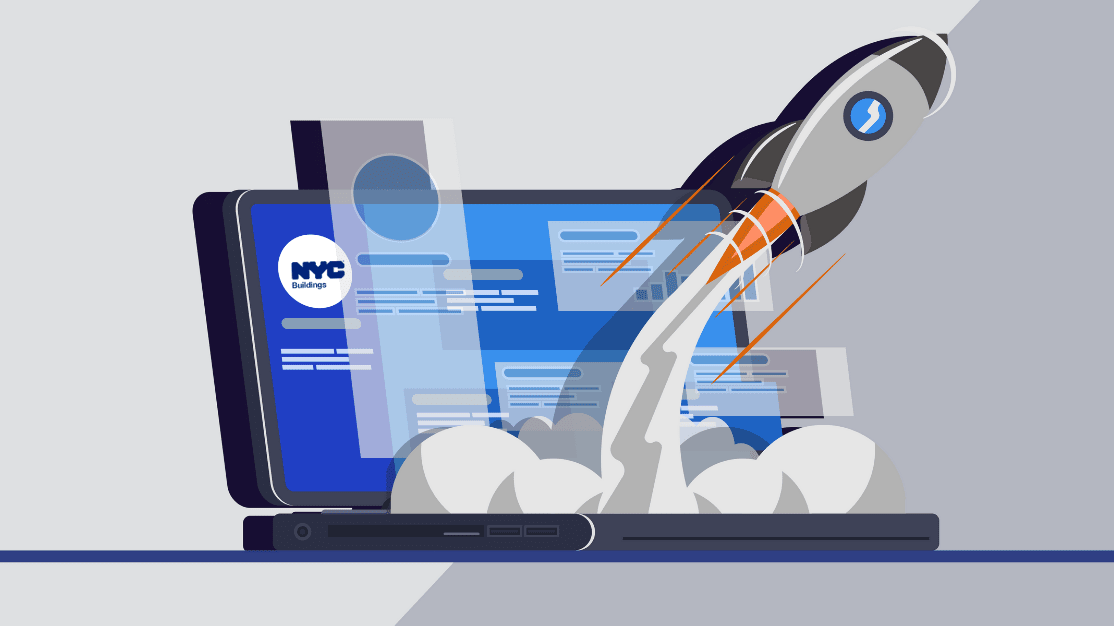
Overall Overhaul: DOB Website Updates You May Have Missed
From redesigns to online license applications, here’s the latest on the NYC Buildings website.
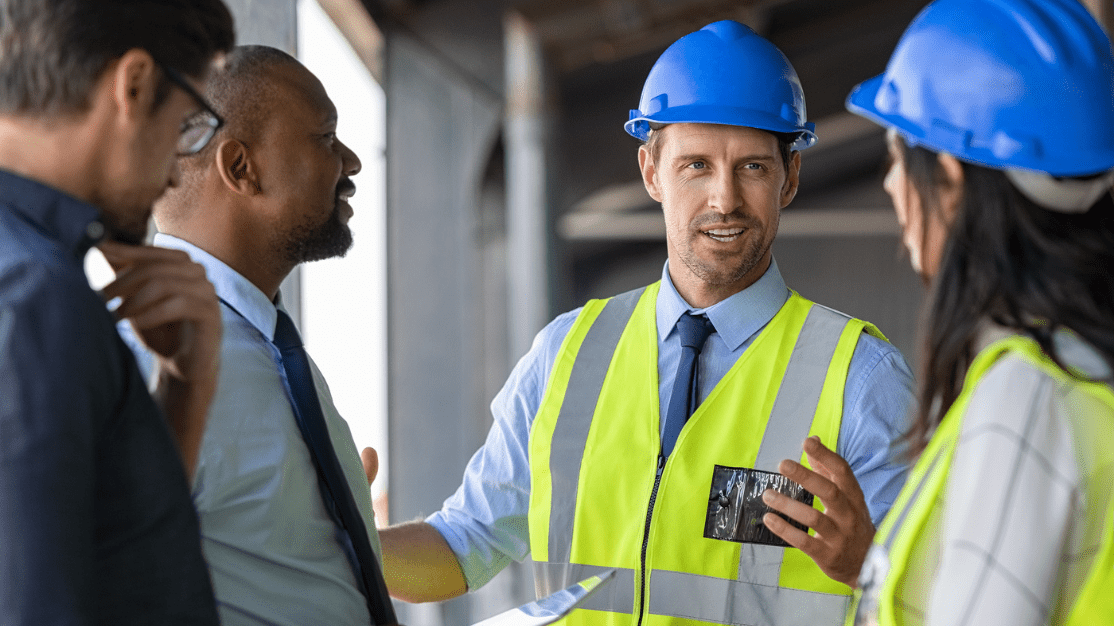
Loosen Up: DOB Rescinds Mask Rules and Other COVID-19 Construction Rules
Learn what this means for NYC construction going forward.
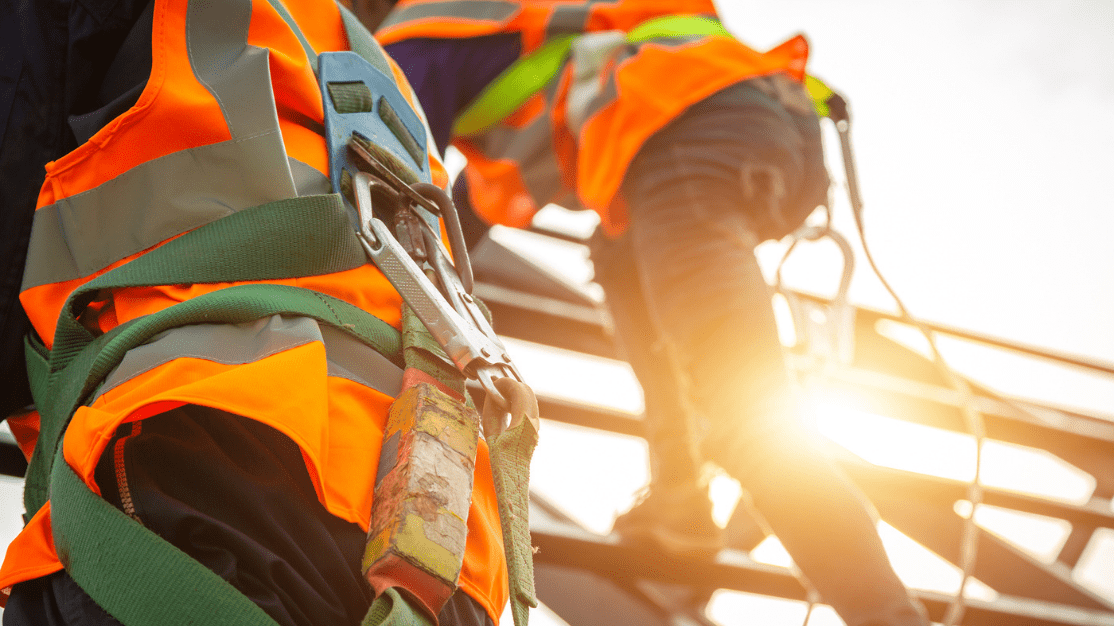
Surprise Inspection: How to Prepare for New Safety Sweeps
On June 1, 2021, the NYC Department of Buildings announced a slew of unannounced site safety sweeps across the city.
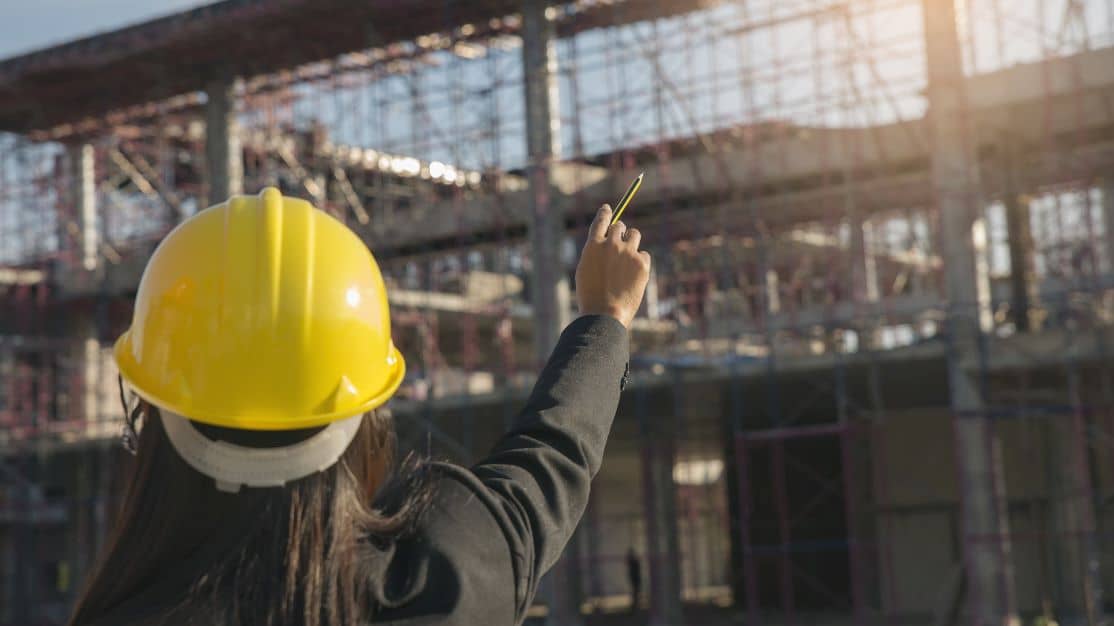
Full Compliance SST Cards Now Required at Qualifying Job Sites
Permit holders liable for all workers who did not complete 40-hour training as of March 1, 2021.
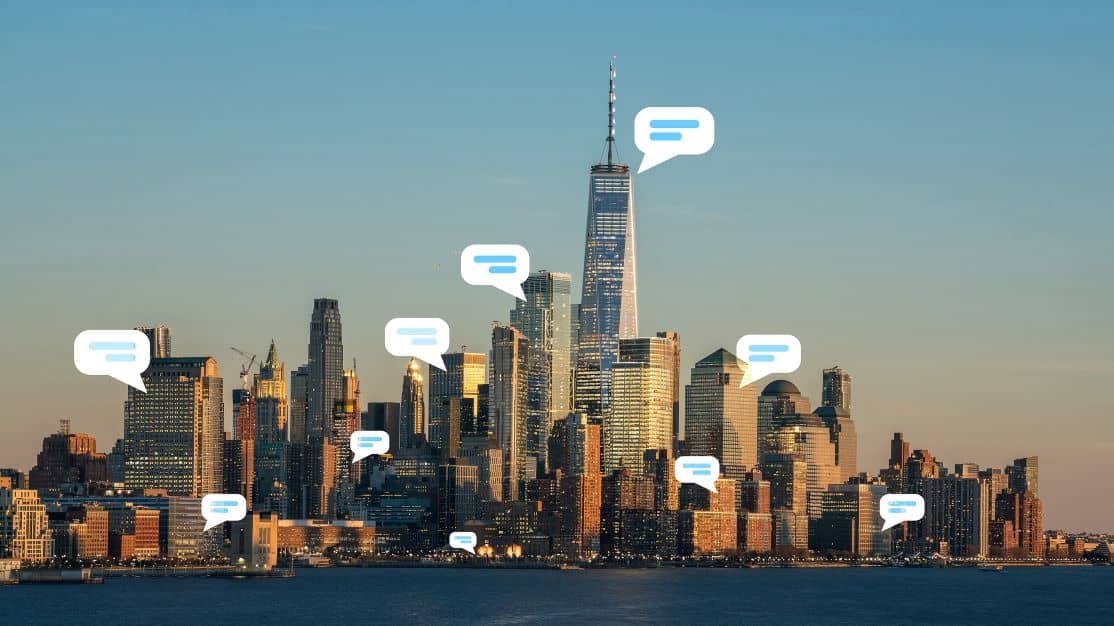
3 Ways to Help You Manage Your NYC Building Projects Amid Agency Changes
Explore how this online dashboard tracks and resolves your critical building items.
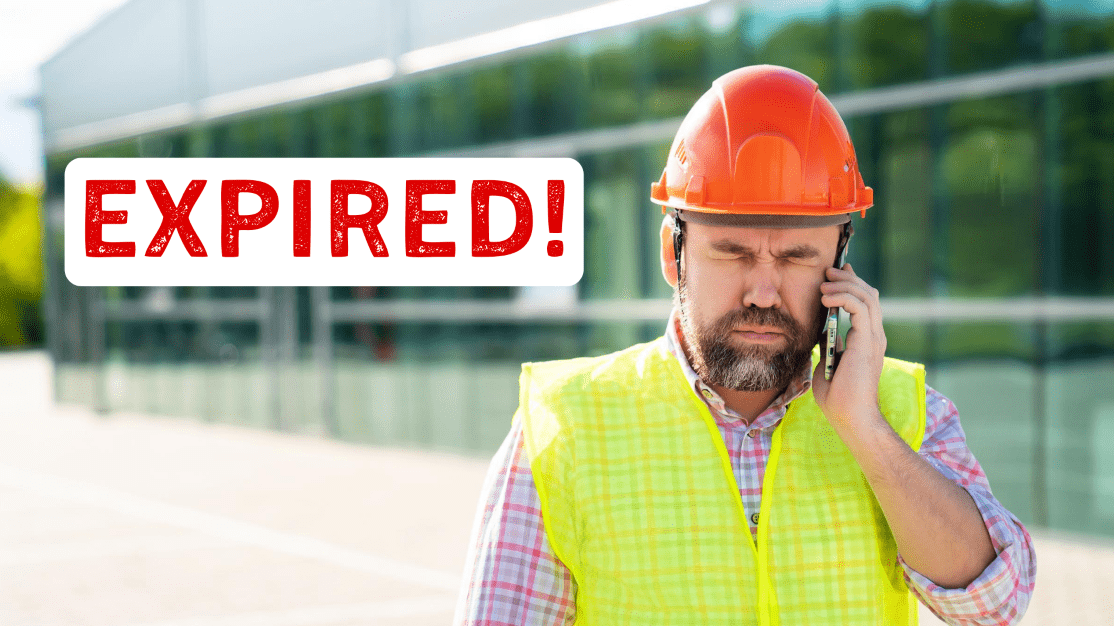
Looming Deadlines
Take note of the new dates for license and permit deadlines.

Stop! In The Name of Covid
As non-essential construction has gotten back on its feet in the wake of New York’s phased reopening, DOB inspectors have been patient with site managers as the industry adjusted to the new site safety measures put in place to minimize the spread of COVID-19 among construction workers.

Bites and Barriers
How to Create Code-Compliant Temporary Outdoor Dining Seating Amid COVID-19 Crisis.

Looking Ahead: The Future of Construction in New York City
What will construction look like when the stop order is lifted?
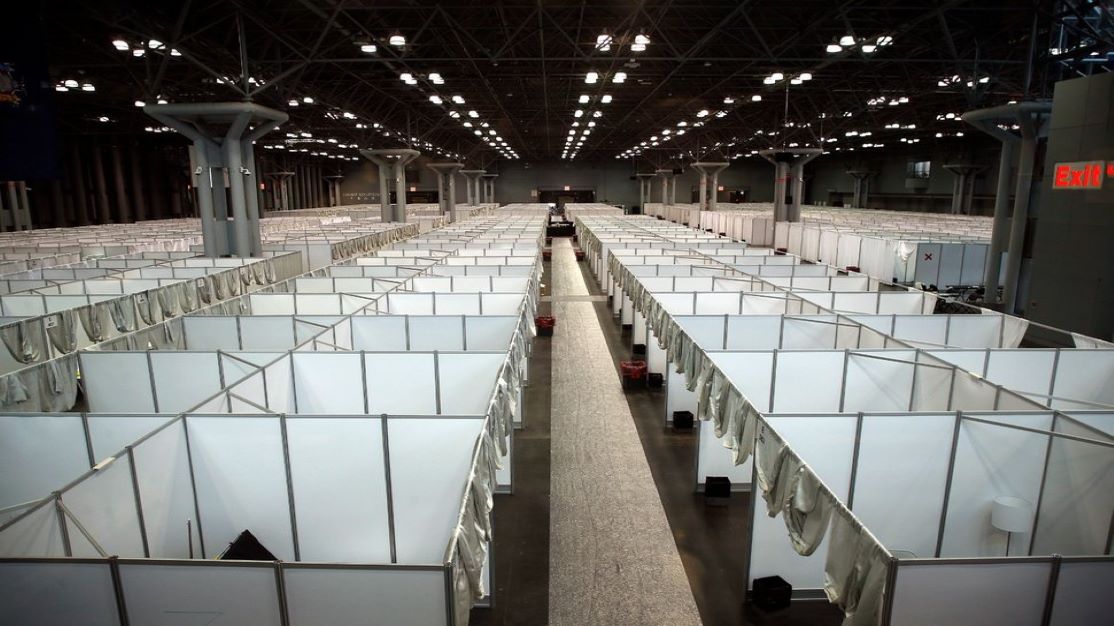
All Hands on Deck: Emergency Work during COVID-19 Crisis
How to navigate filing for emergency staging and temporary hospital projects.
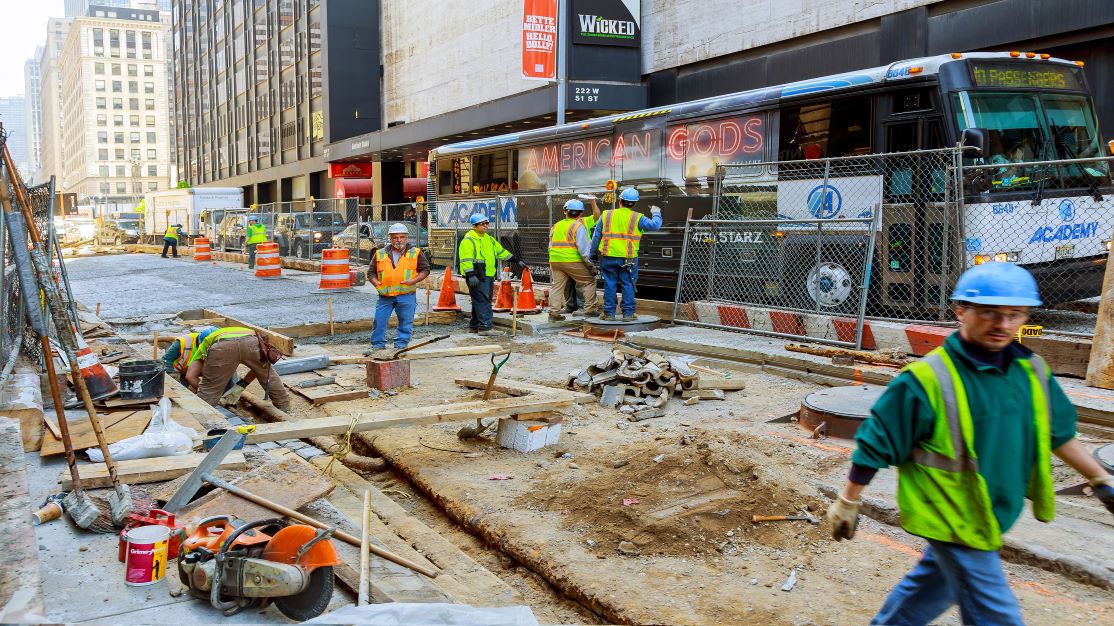
COVID-19 Hits NYC Construction
Navigating filing and construction in the midst of New York on PAUSE.
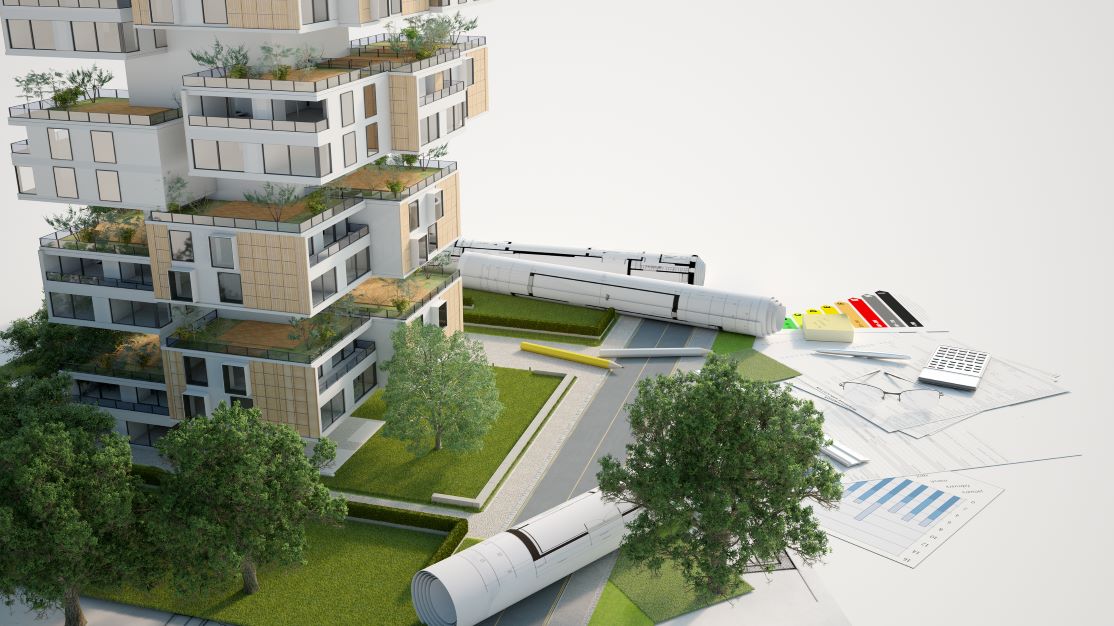
Looking to the Future: The 2020 NYC Energy Conservation Code
The new code will go into effect on May 12, 2020.
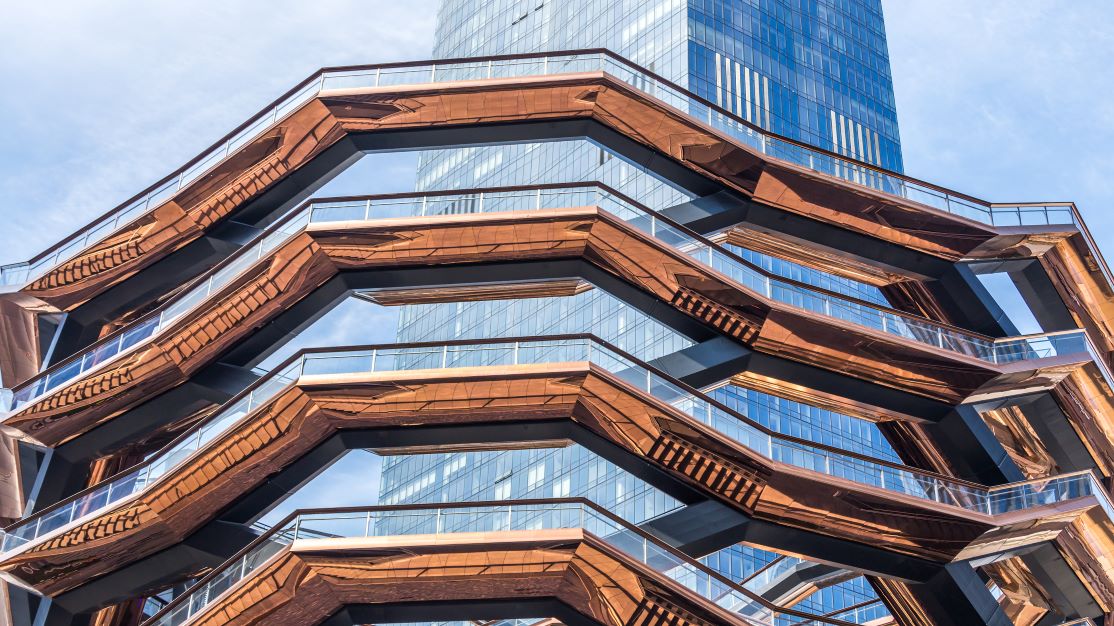
New Guidelines for Structural Applications
To BIS or to DOB NOW?
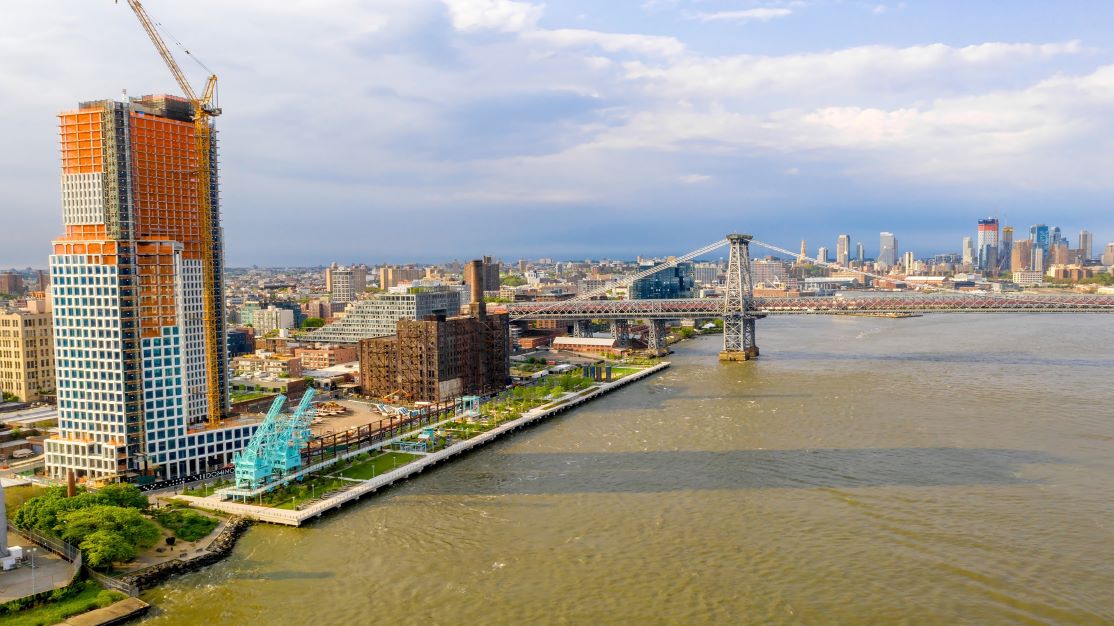
So You Want to Build on the Waterfront?
Your waterfront project may need permits from an unlikely source.
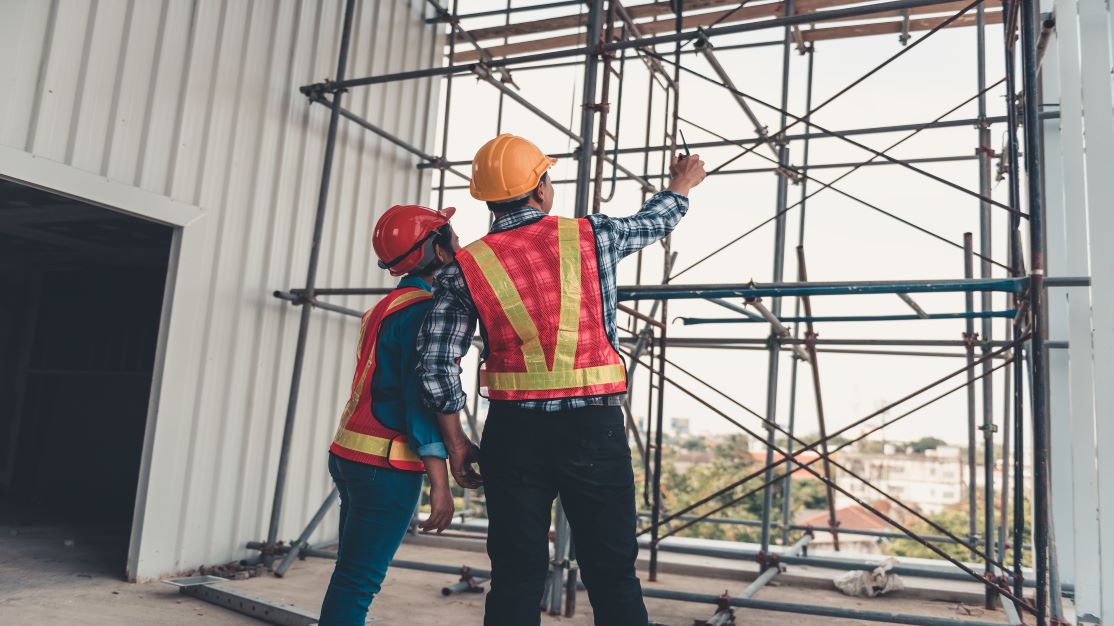
Don’t take this lightweight metal lightly
Special Considerations for Cold-Formed Steel Construction.
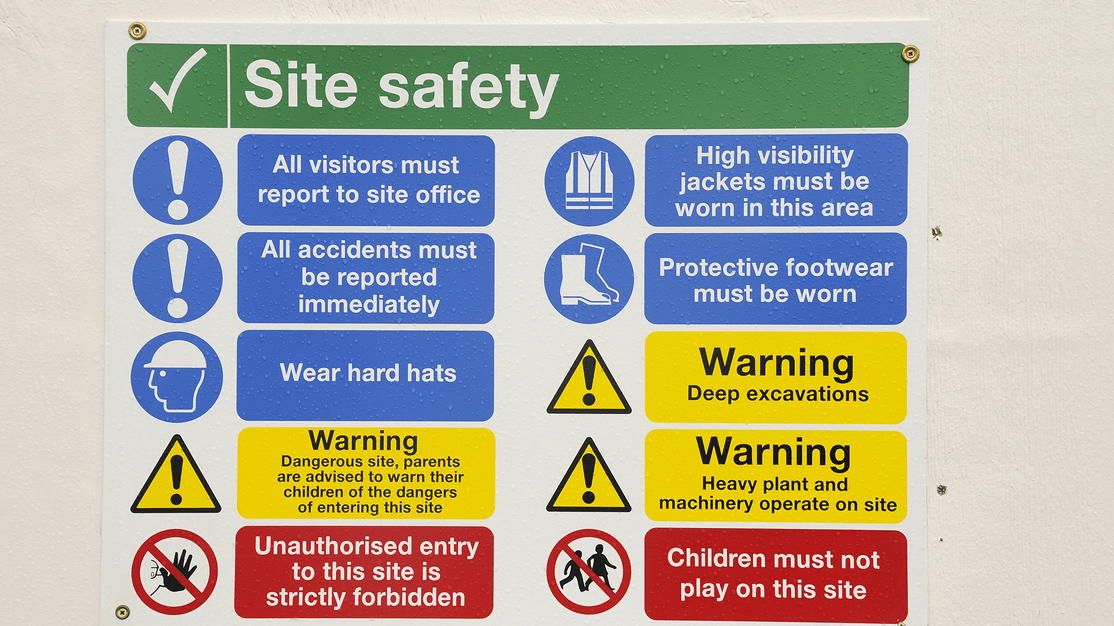
Worker Safety Training: New Sign Requirements and Upcoming Deadlines
Keep your workers posted before they miss their deadline.
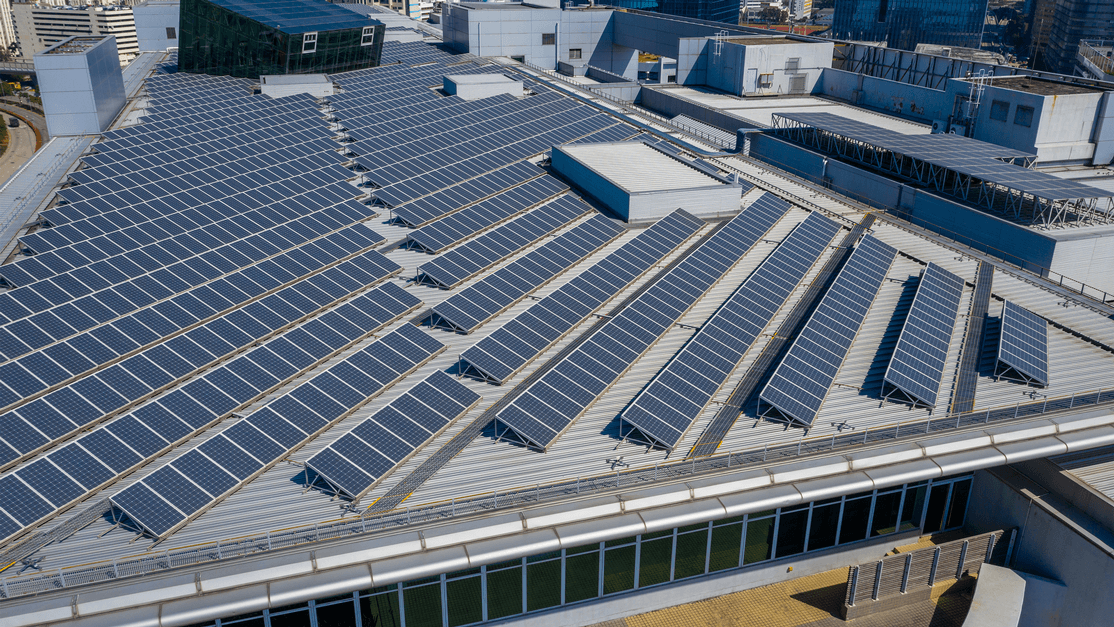
Mandatory Sustainable Roofing Required for New Buildings and Enlargements.
What you need to know when Local Laws 92 & 94 go into effect.
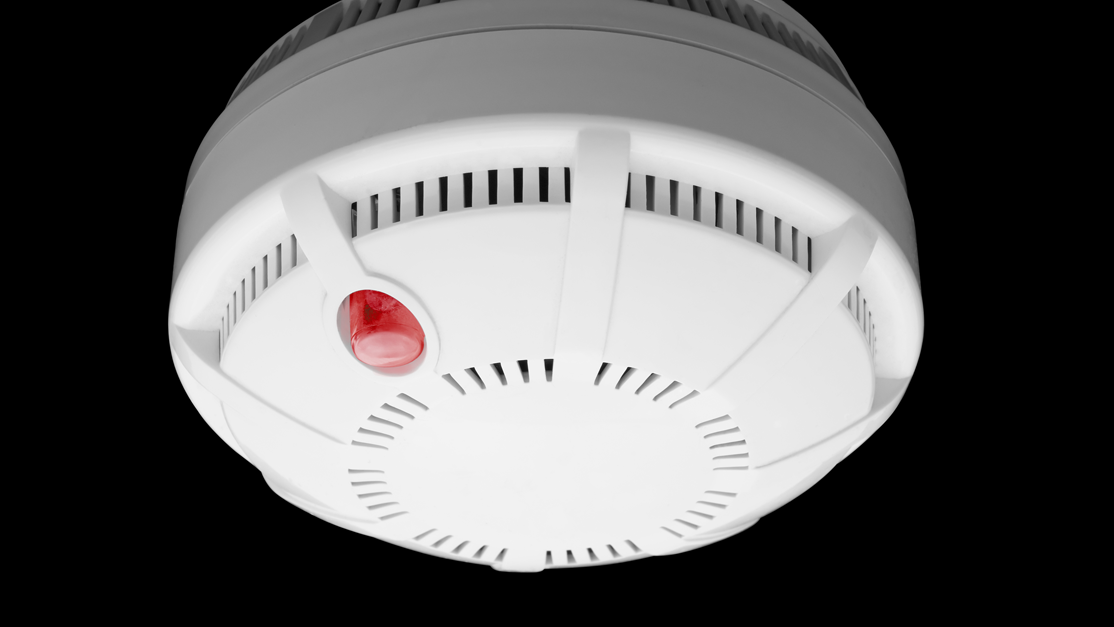
Local Law 195 - Fire Alarm Applications
If you're experiencing longer wait times for fire alarm application review, this could be the reason why.
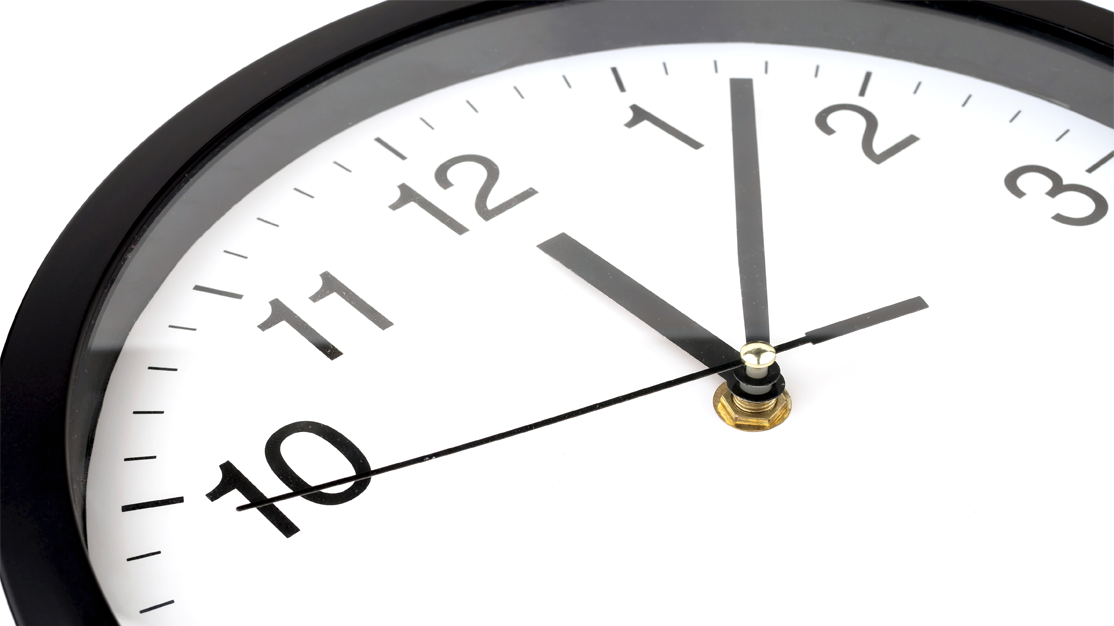
Tick Tock…Your 20 Minutes Are Up!
Reduced plan exam appointments for Alteration Type 1 applications.

Are YOU ready for DOB Now?
Here is what you need to know, in a nutshell.
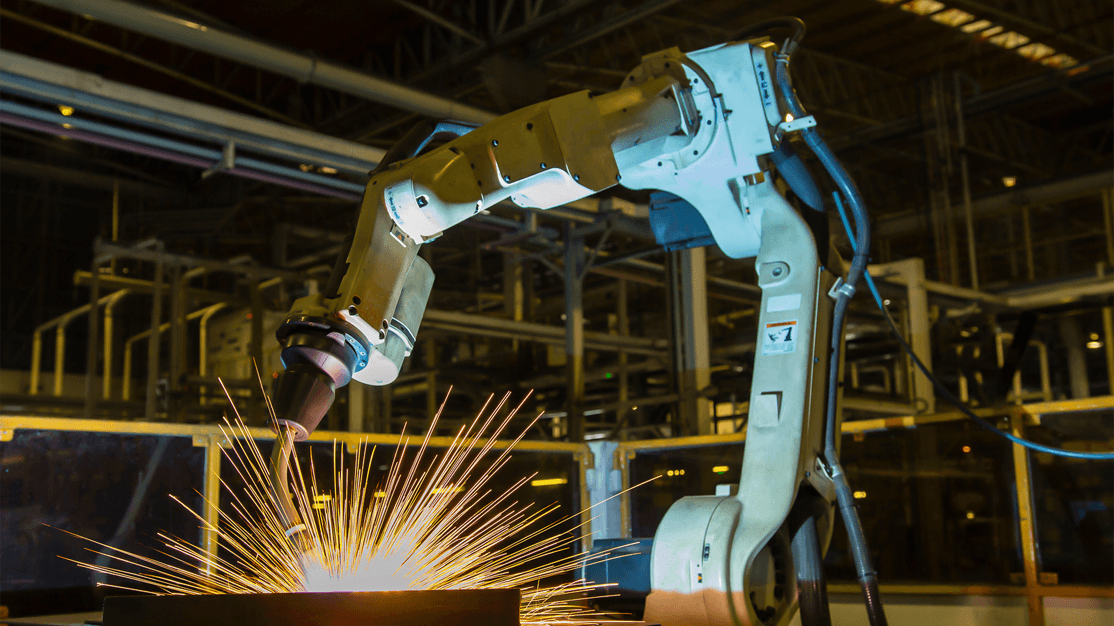
What Will the DOB Say About Construction Robots?
The launch of bricklaying robot SAM by Construction Robotics has caused rumblings that the end in nigh for human construction workers. SAM, short for semi-automated mason, can lay an astounding 3,000 bricks a day, six times more than the average human.
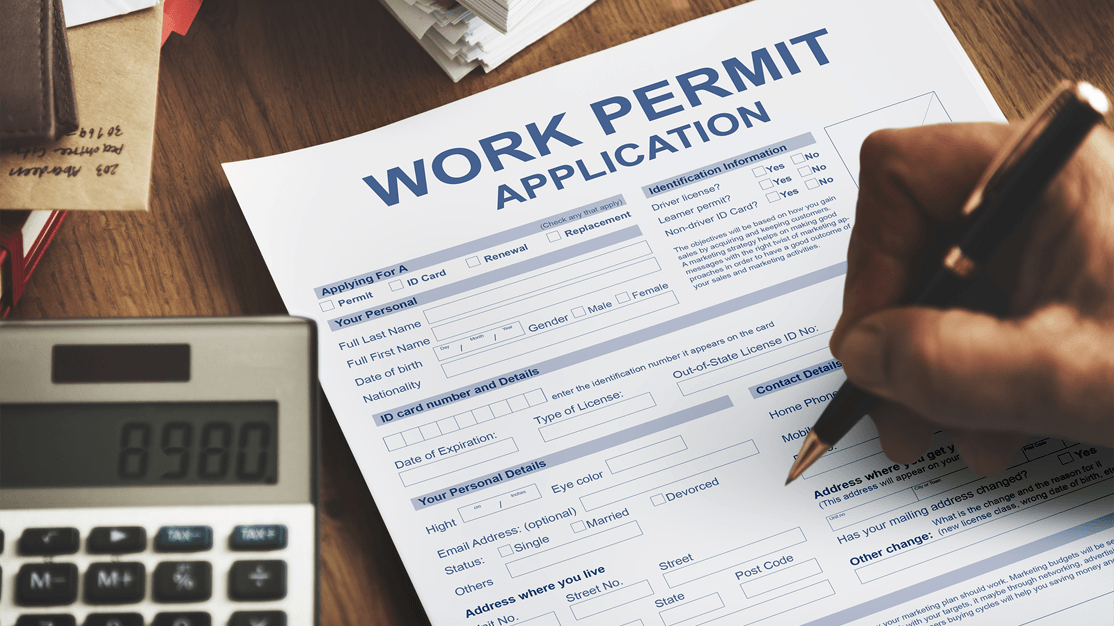
Work Without Permit Fees Increase
In its ongoing effort to increase construction safety, the DOB is increasing penalties for work without permit violations and stop work orders with a series of Local Laws.
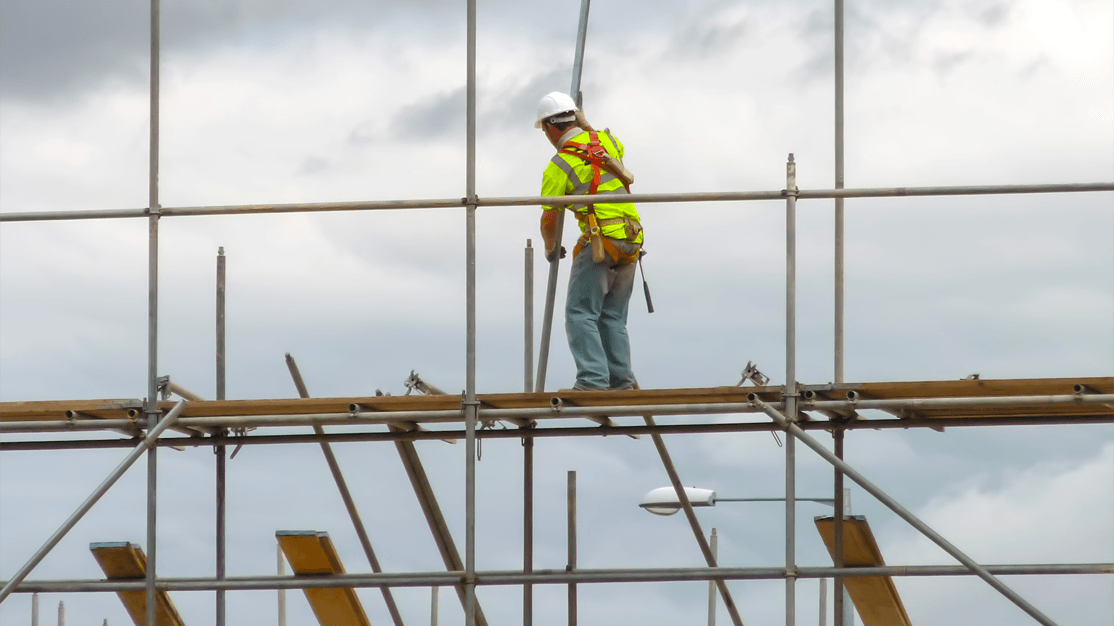
Construction Safety Bill Increases Training
City Council passed its construction safety bill on September 27th, 2017. The bill makes additions to the Administrative and Building Codes to mandate worker safety training, creates a task force and imposes penalties for failure to comply.
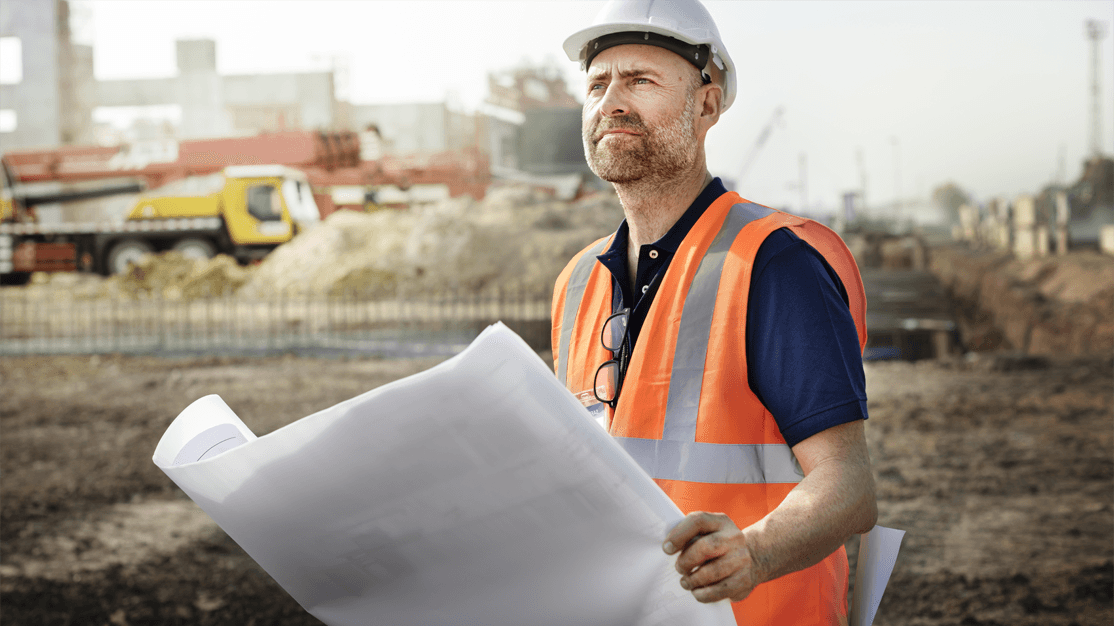
Rise of the Superintendents
In another effort to improve construction safety, the DOB issued Local Law 81 of 2017 expanding the role of the construction superintendent. The DOB will be requiring construction superintendents on more job types while assigning them more responsibilities.
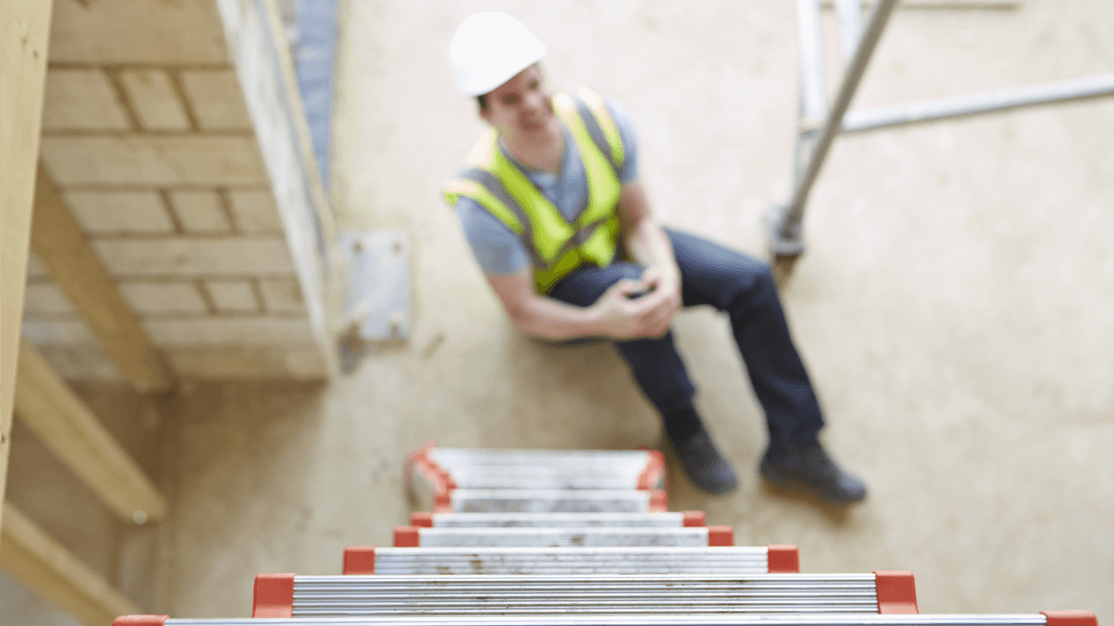
Injury Reporting Gets Detailed
The Department of Buildings recently implemented Local Law 78 of 2017 creating new guidelines for the reporting of injuries on construction sites. The law expands requirements for injury reporting in an effort to increase transparency in construction safety.
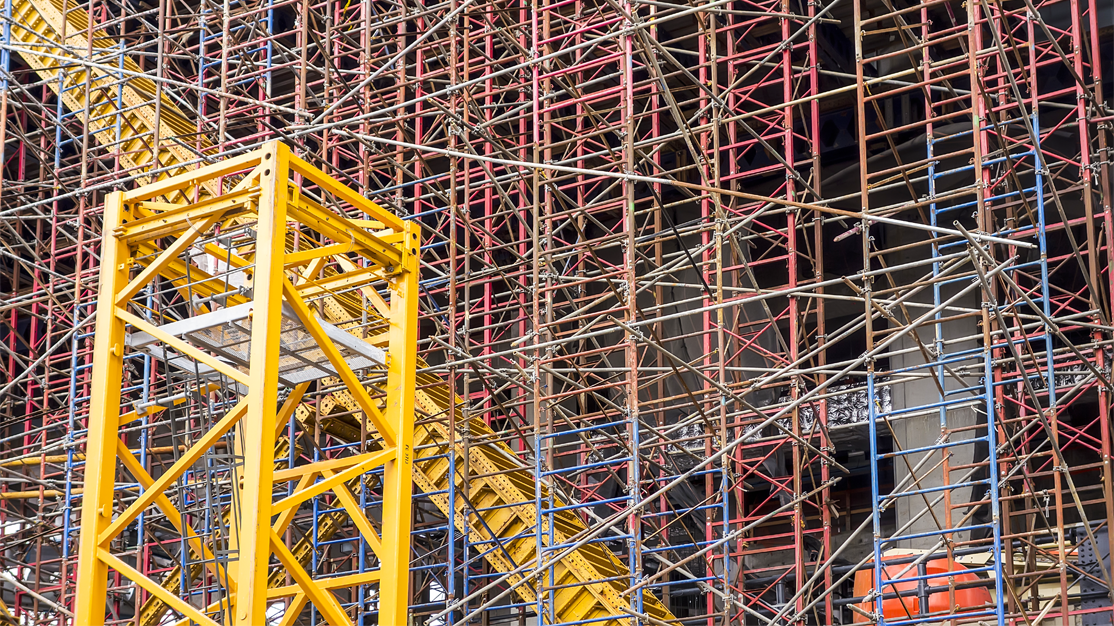
What is the Scaffold Law?
The Scaffold Law is a 1885 New York State Law the places liability on owners and contractors for injury stemming from the failure to provide scaffold safety protections required by building codes. In later years, the courts added the terms “strict” and “absolute” to liability, thus eliminating any ruling of shared liability between owner/contractor and injured worker.
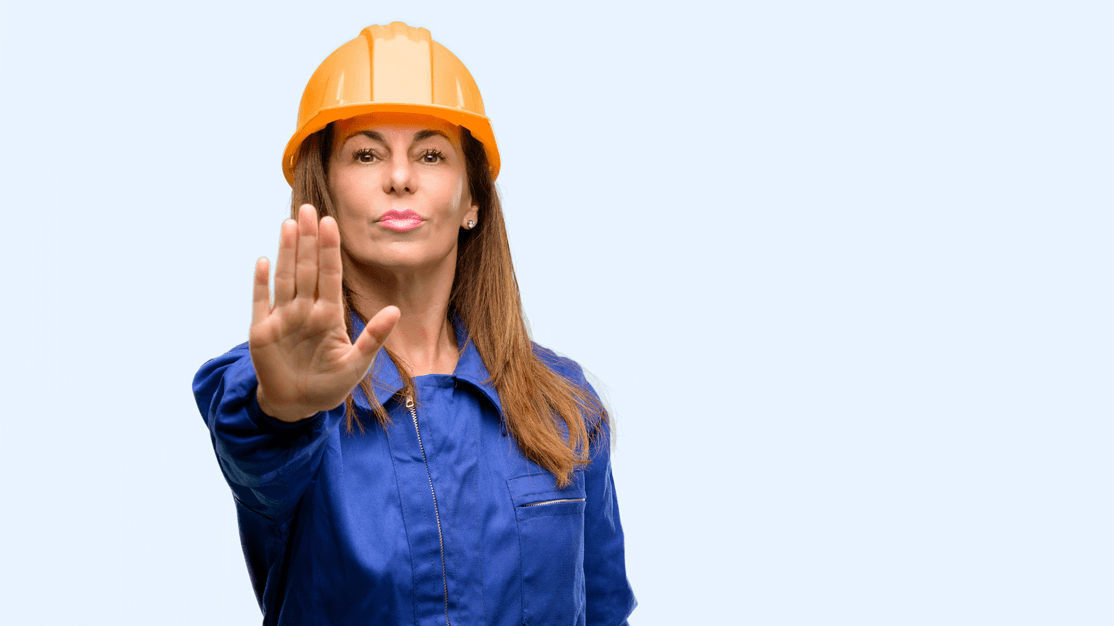
Must Stop Working
In an effort to curtail the recent surge of construction injuries, the DOB has ramped up its stop work order issuances. Stop work order issuances increased three times faster than permit issuances from 2012-2016. Following approved plans and construction safety measures can prevent stop work orders.
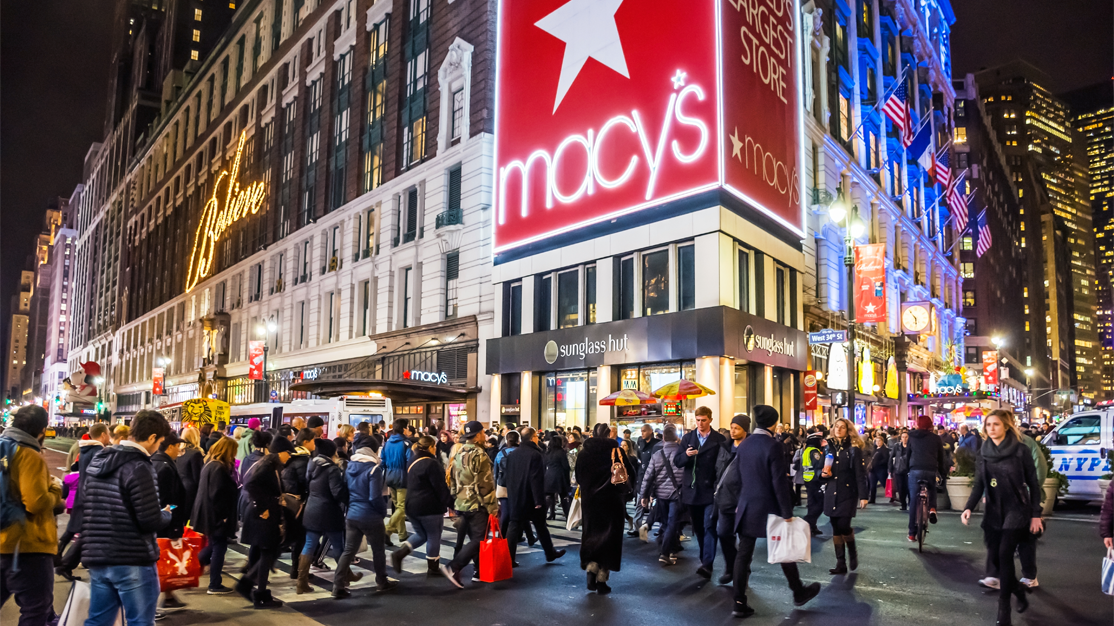
Holiday Construction Embargo Begins Nov. 18
Fall is here and you know what that means. The DOT’s Holiday Construction Embargo! During the embargo, road and sidewalk construction is restricted on some New York streets.. Existing permits must have the permit stipulation 410 for construction to continue.
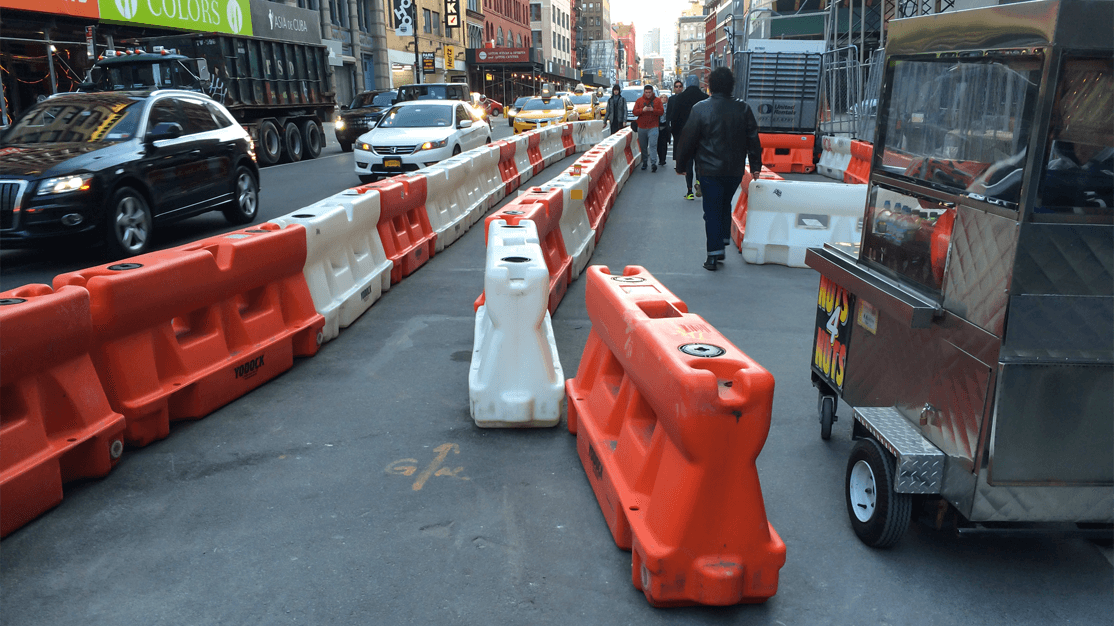
Walk This Way
There’s so much construction in New York that simply walking around Manhattan can feel like an obstacle course. Sidewalks are strewn with construction fences, sidewalk sheds and the notorious temporary pedestrian walkways.
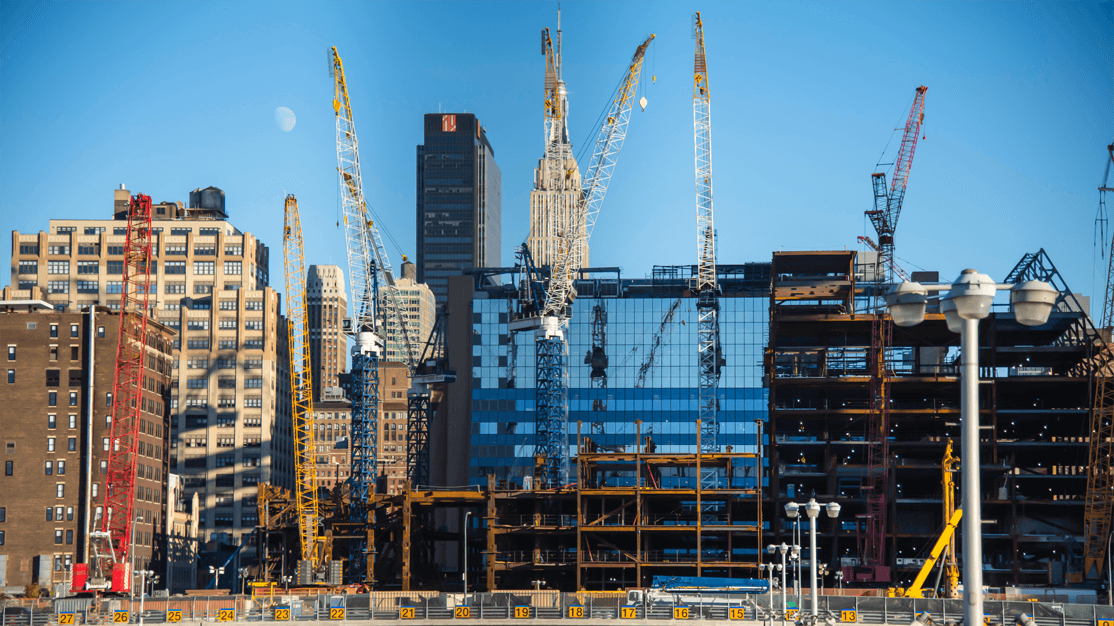
DOB to Improve Construction Safety
The DOB announced its plan to improve construction safety in New York. The plan includes a major increase in construction related safety penalties, a 90-day construction sweep through ongoing construction sites and the requirement of a new onsite construction superintendent.
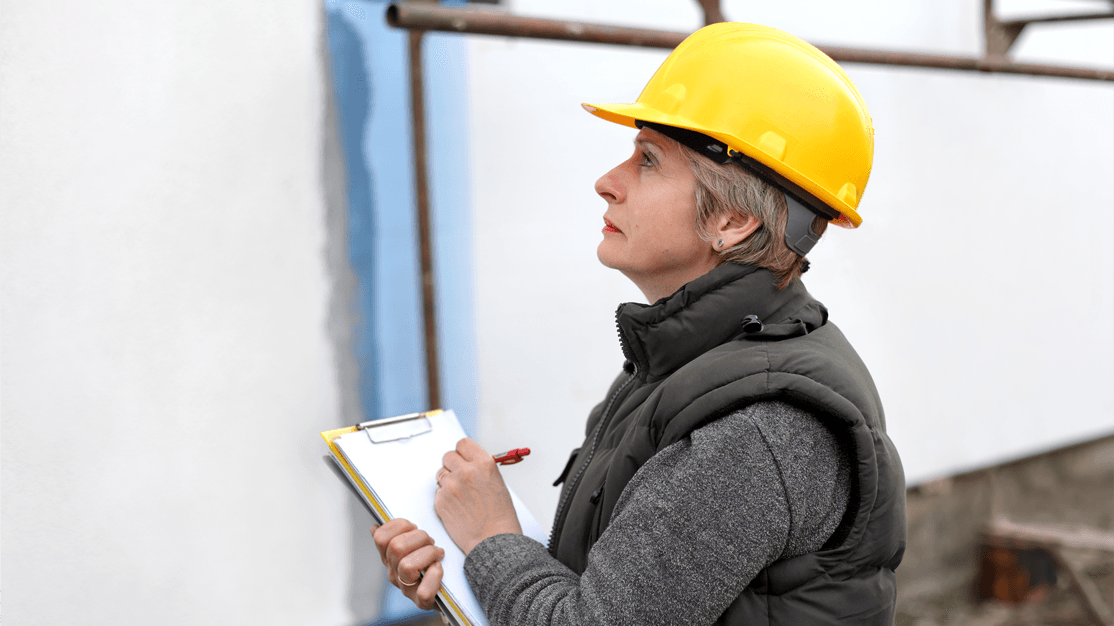
The Dukes of Structural Hazard
The Building Department now requires special inspectors to be responsible for reporting hazardous conditions. Citing 1 RCNY101-06 Section (b) (9), Buildings Bulletin 2016-006 obligates special inspections agencies to report hazardous conditions and inspection discrepancies to construction teams for correction. If issues are not corrected, building owners must be informed. In the case of urgent hazards, special inspectors are expected to call 911.
